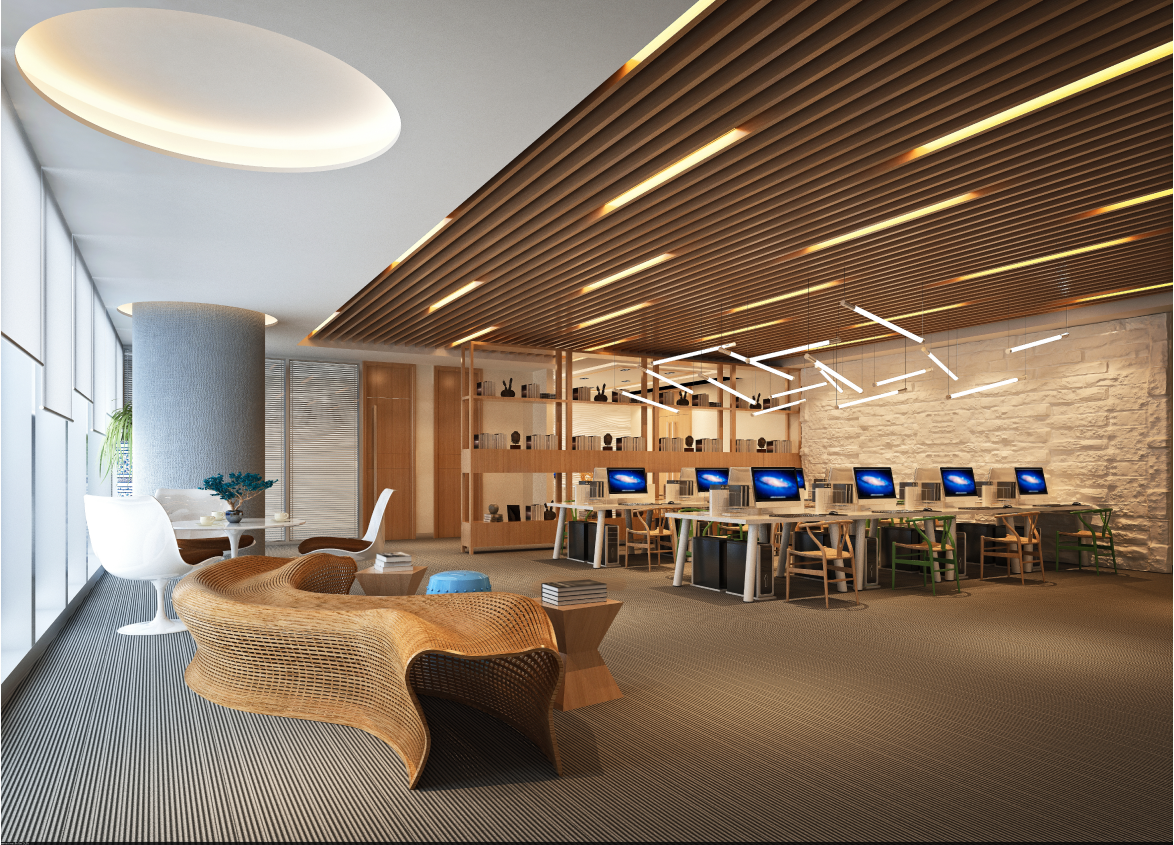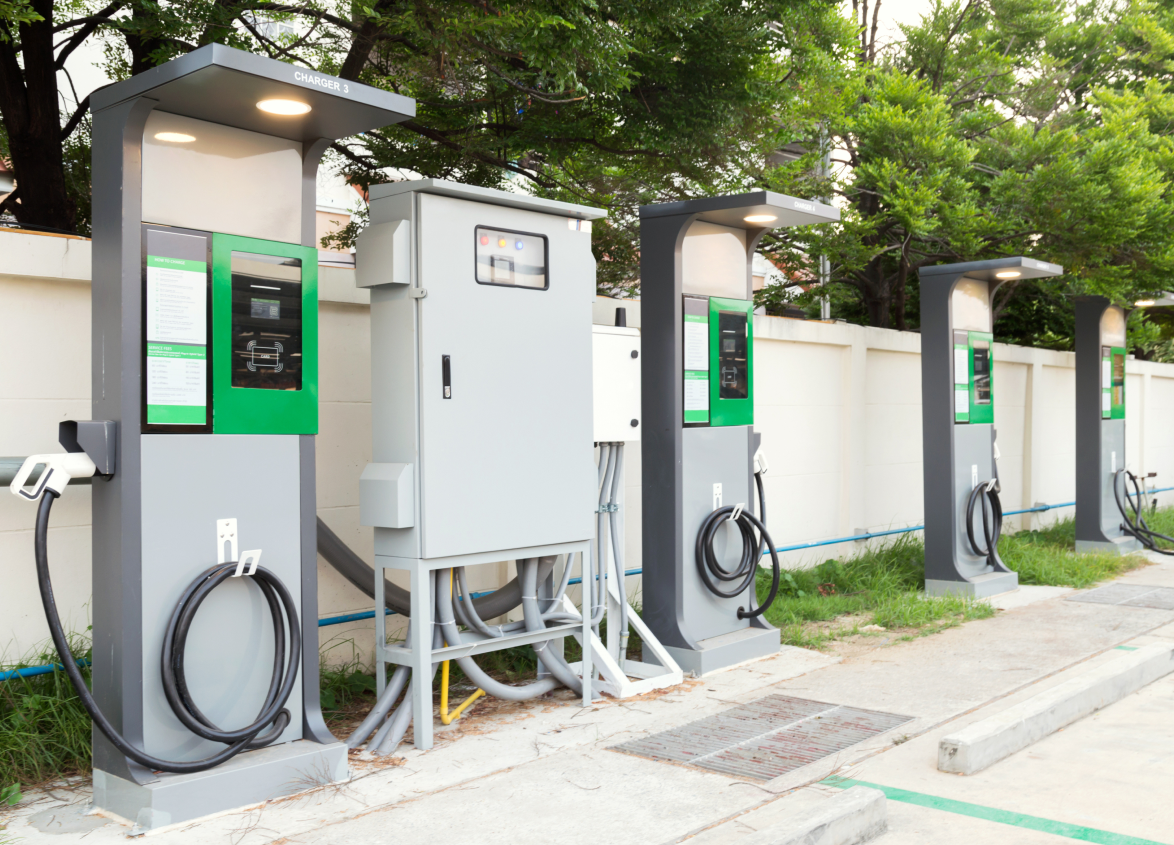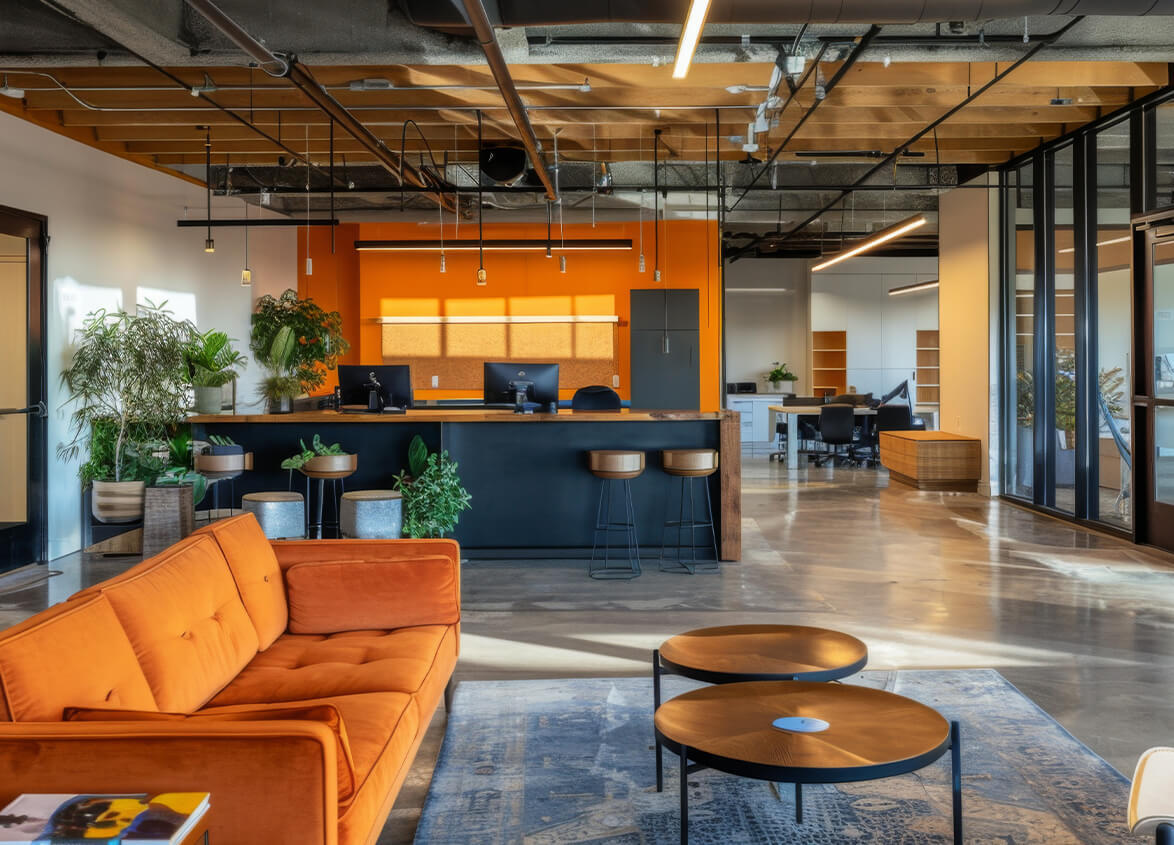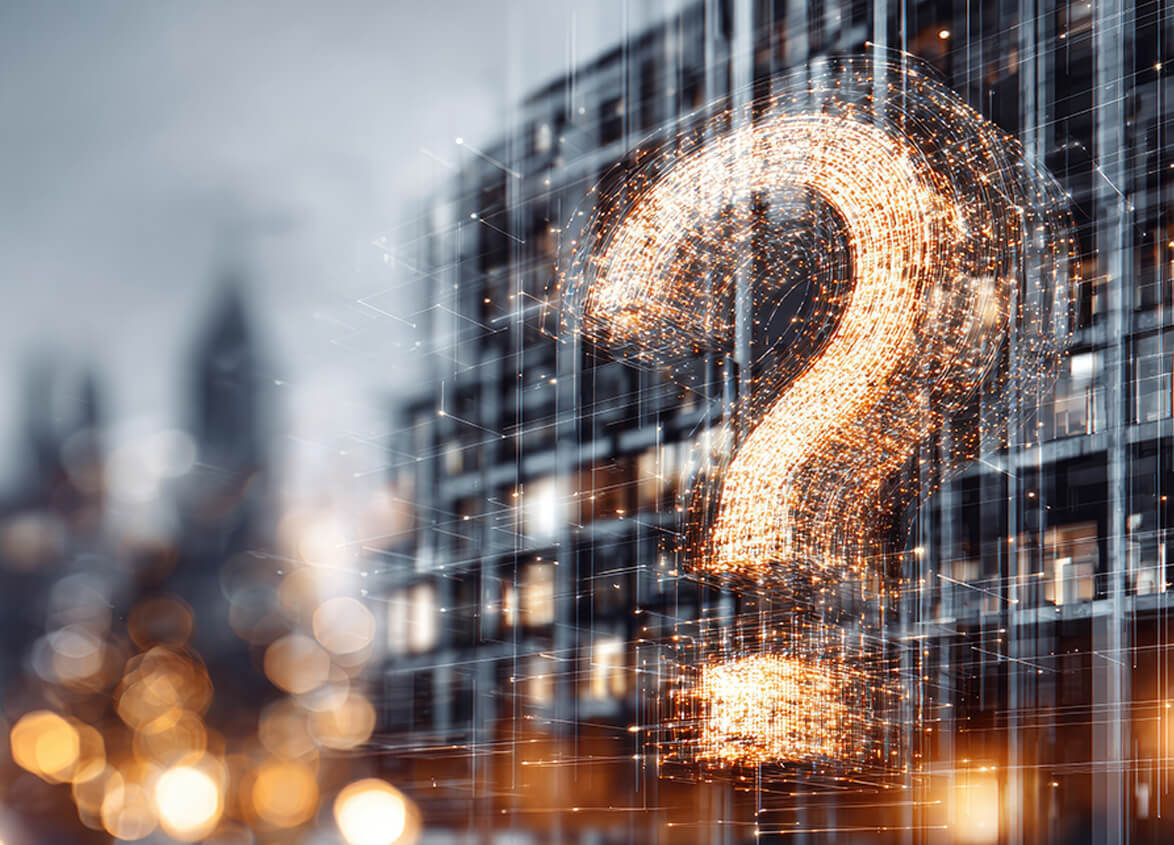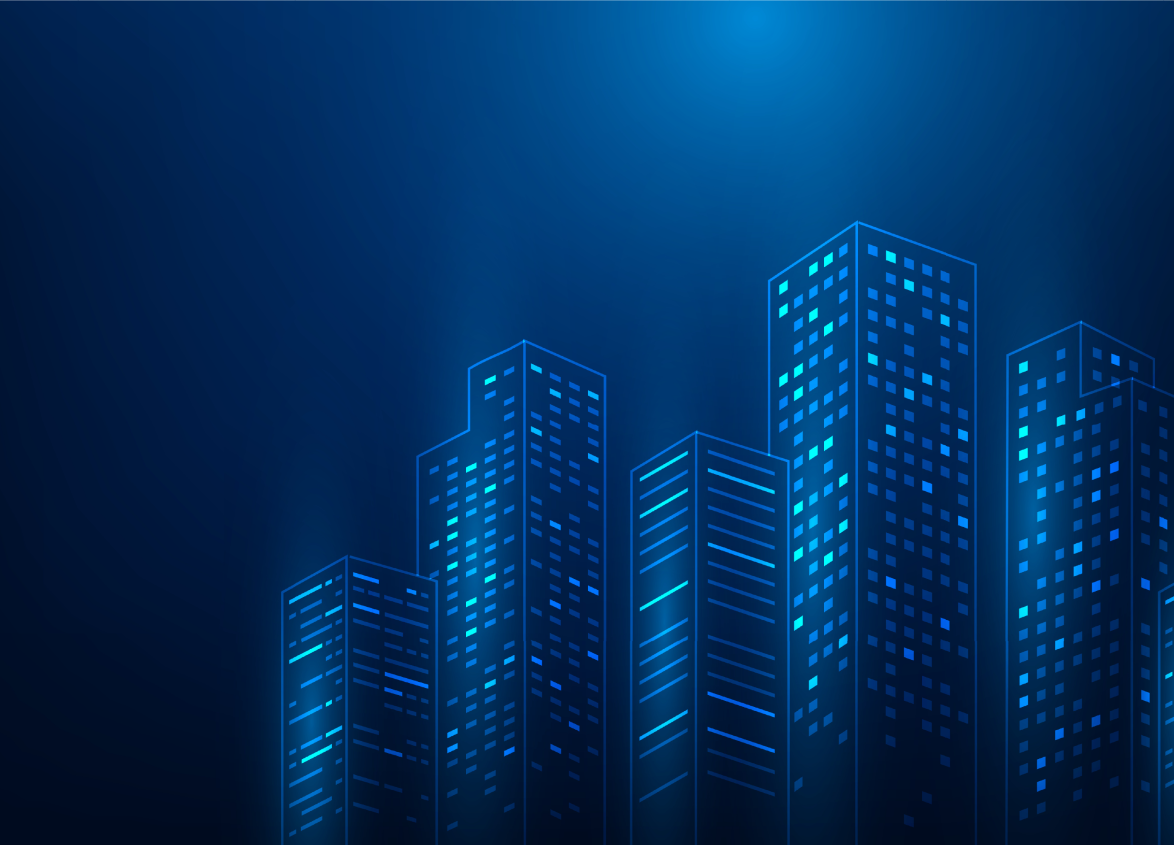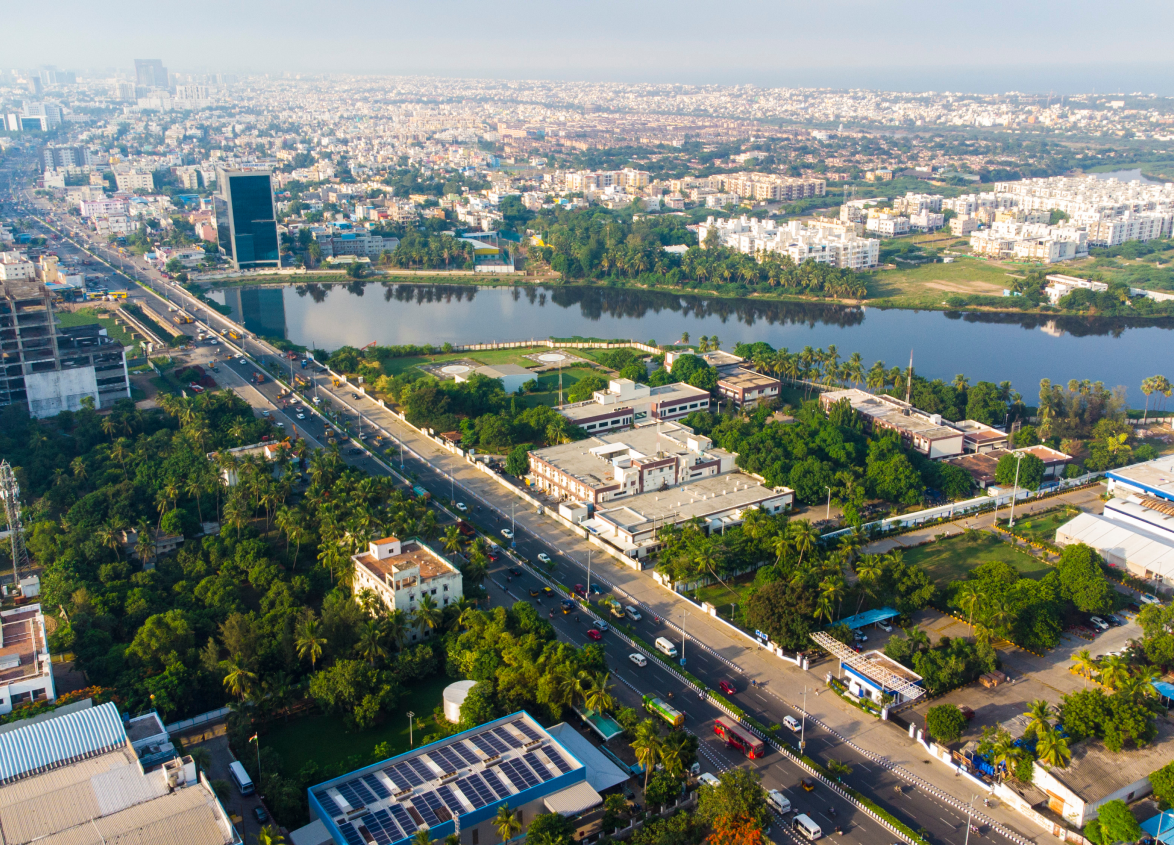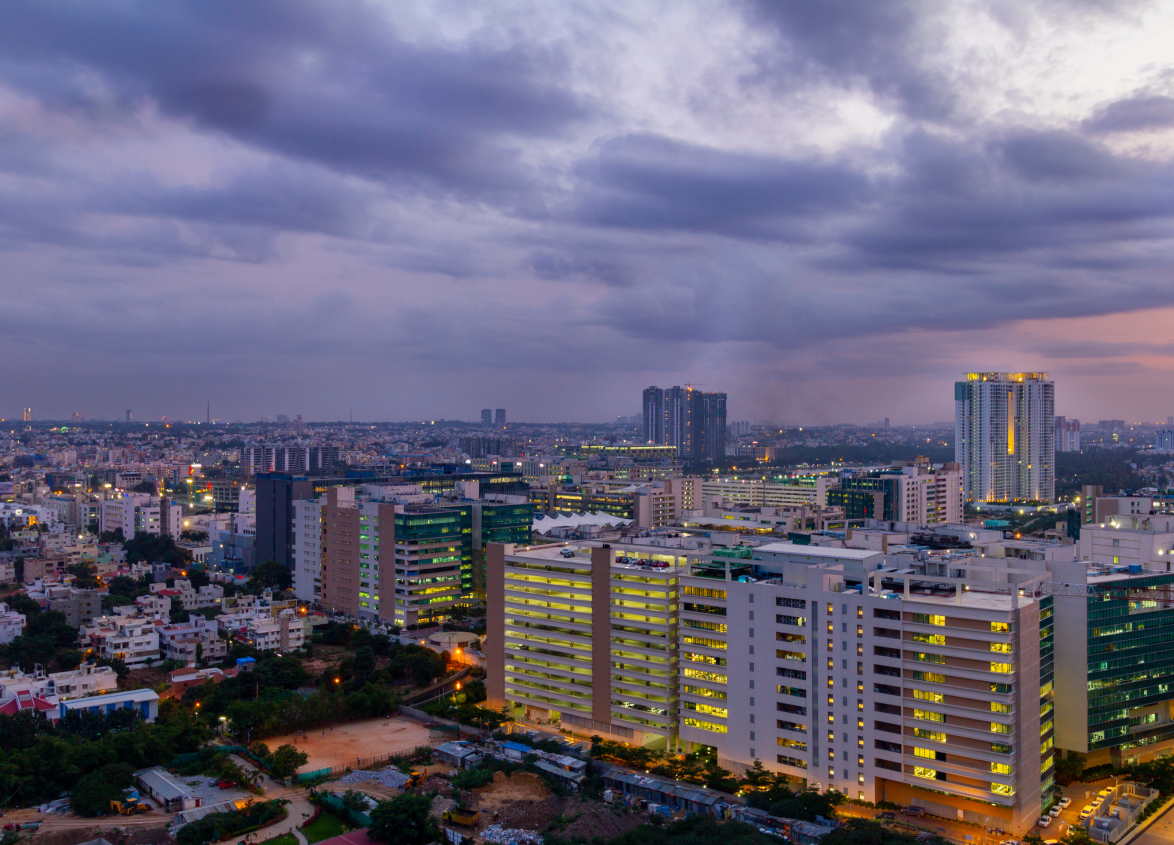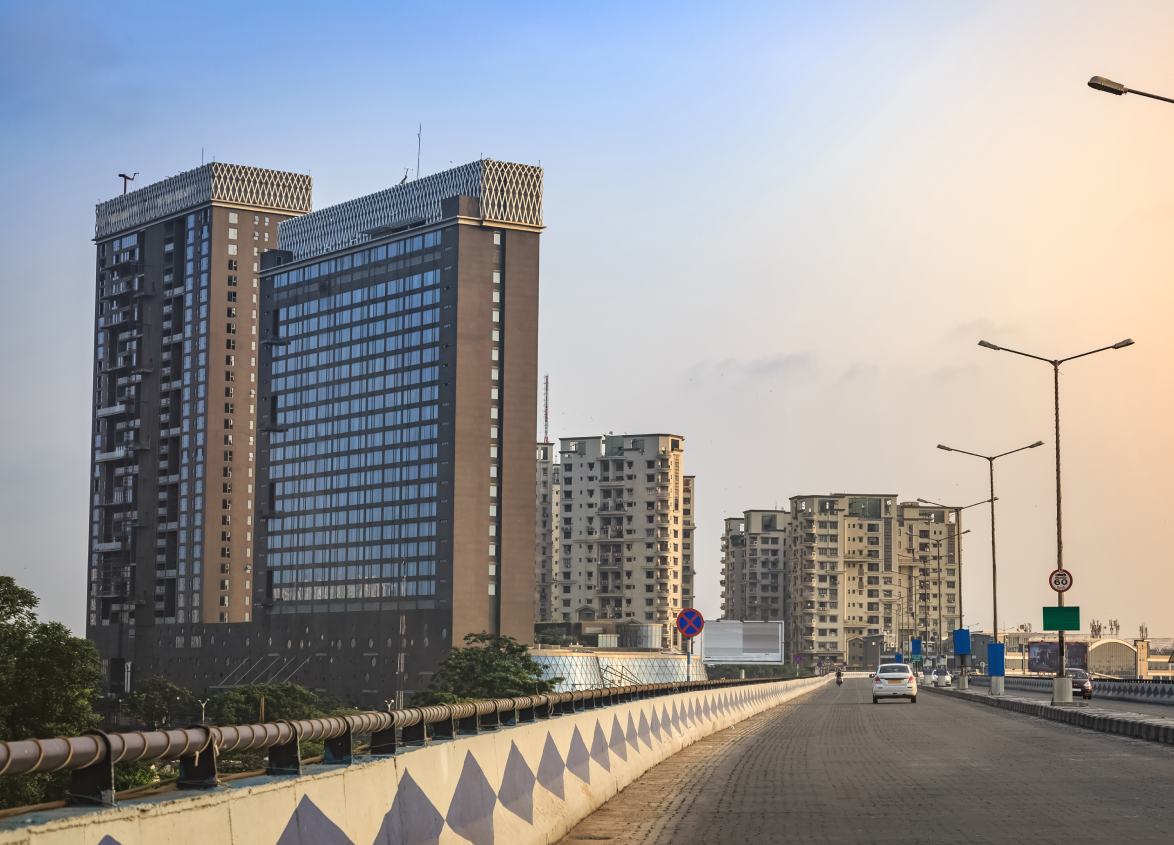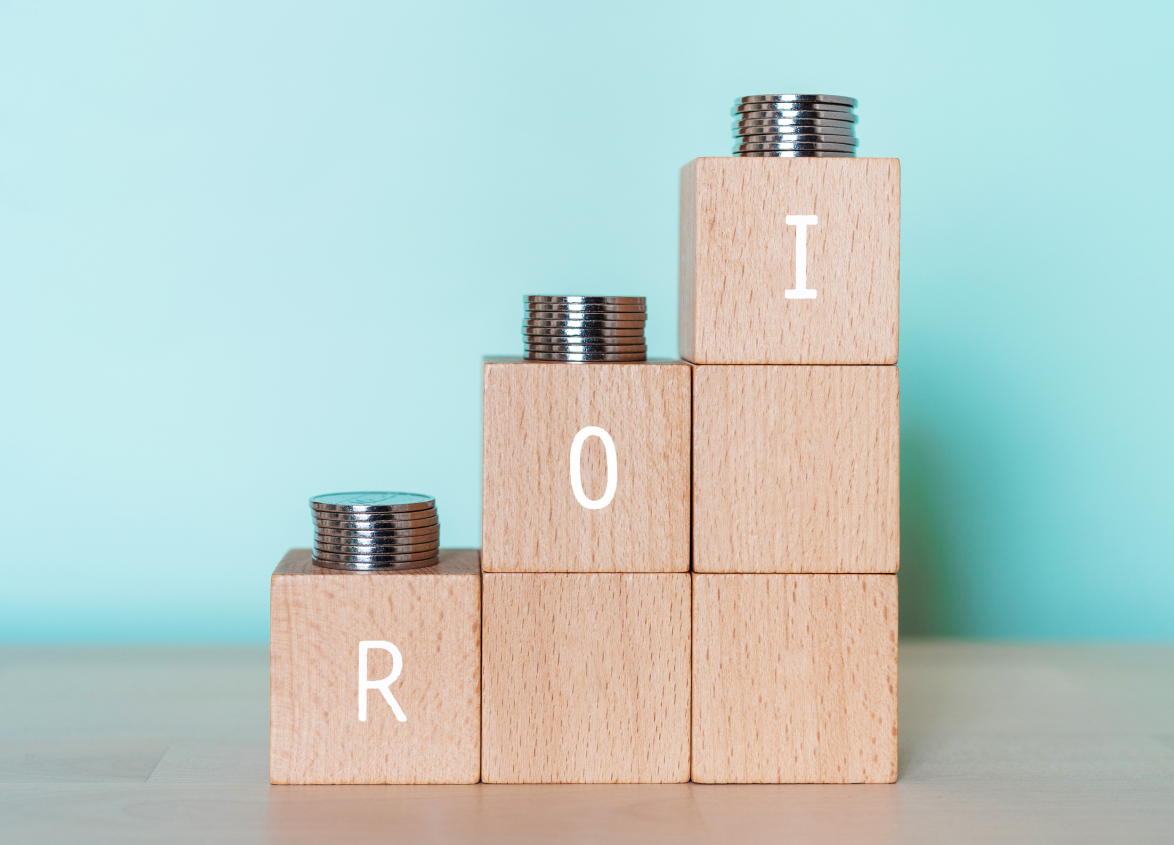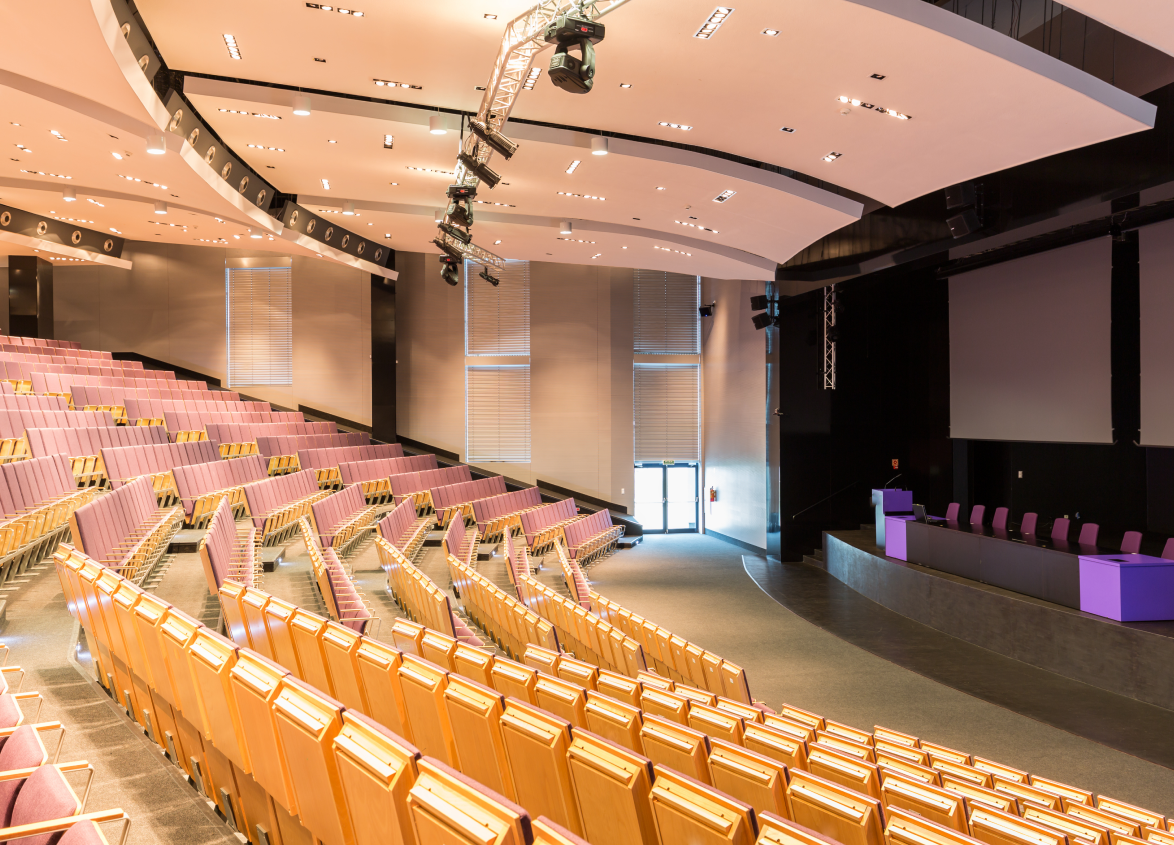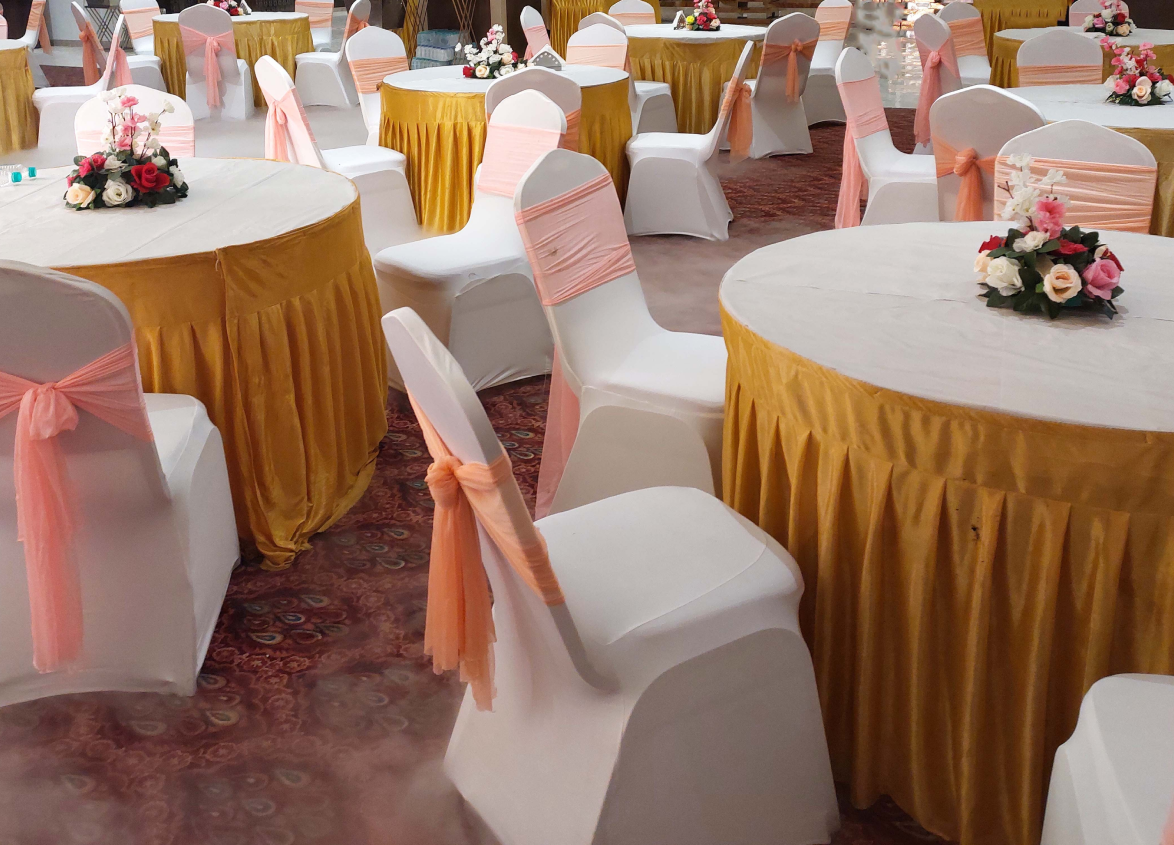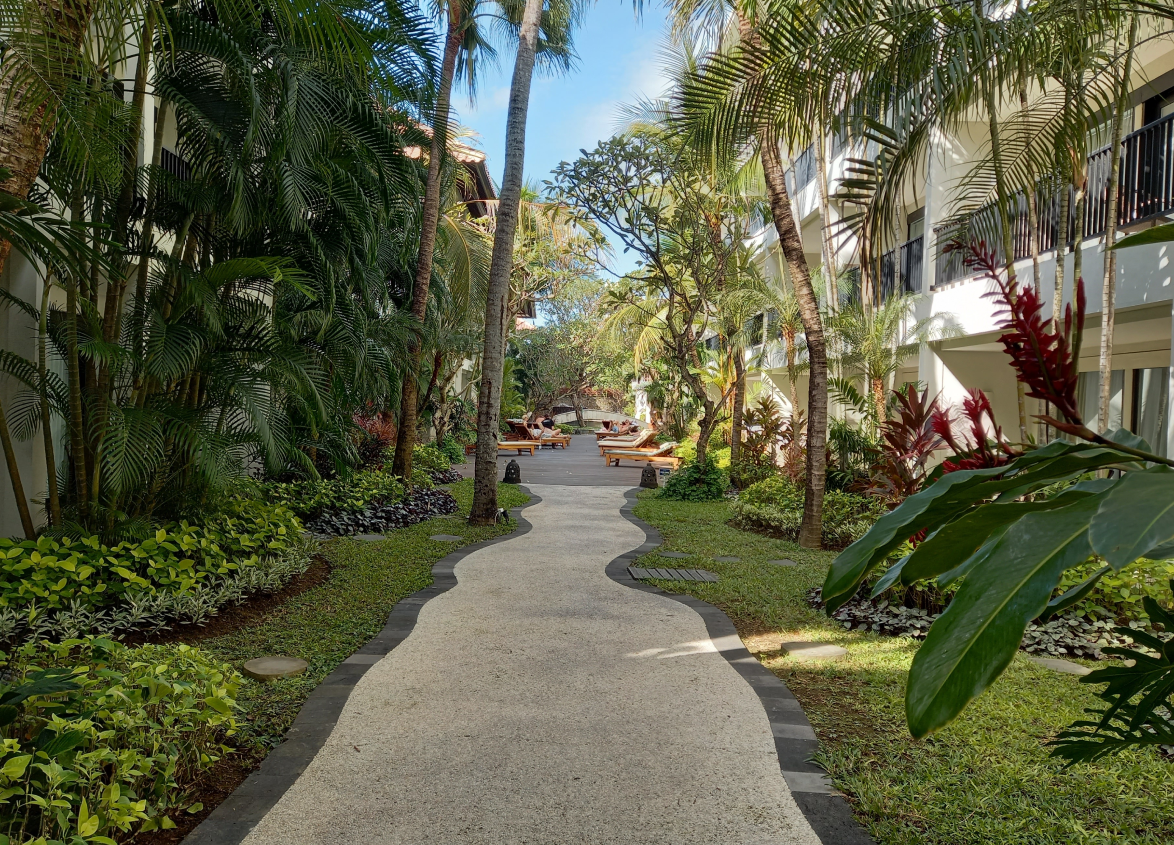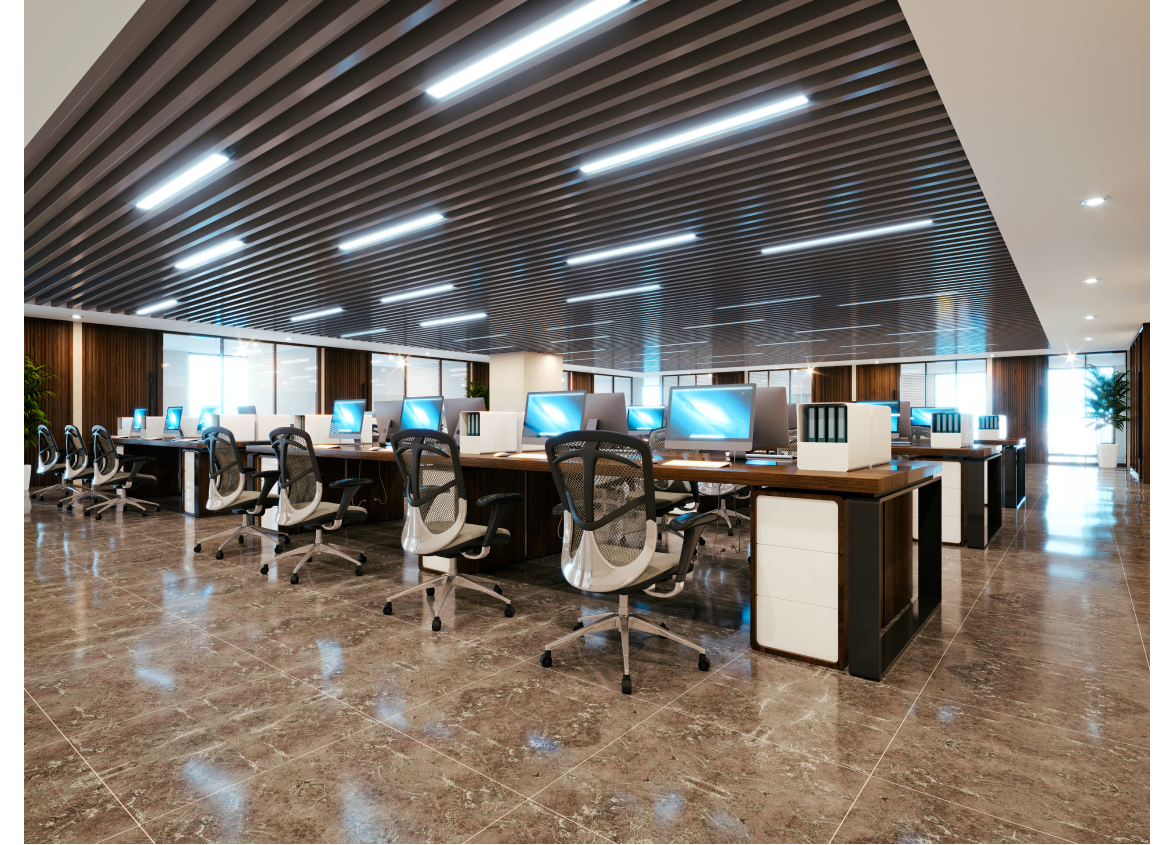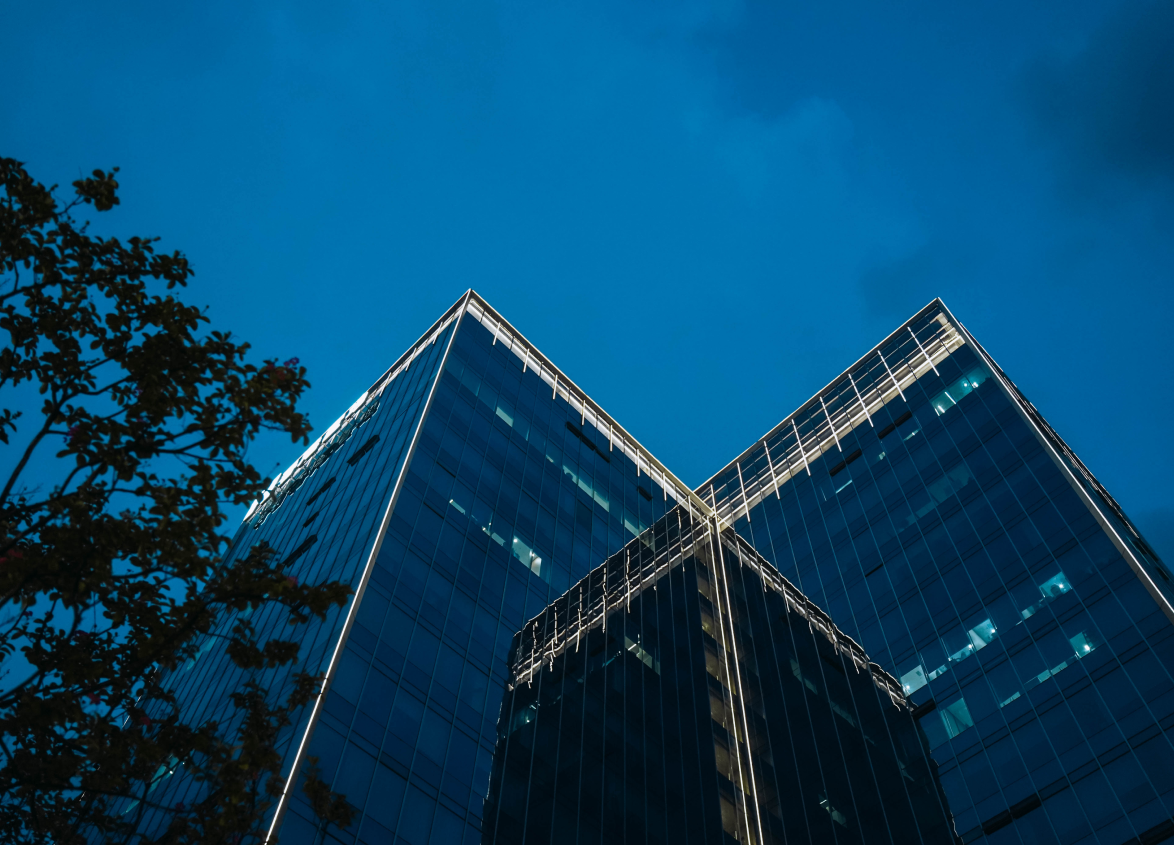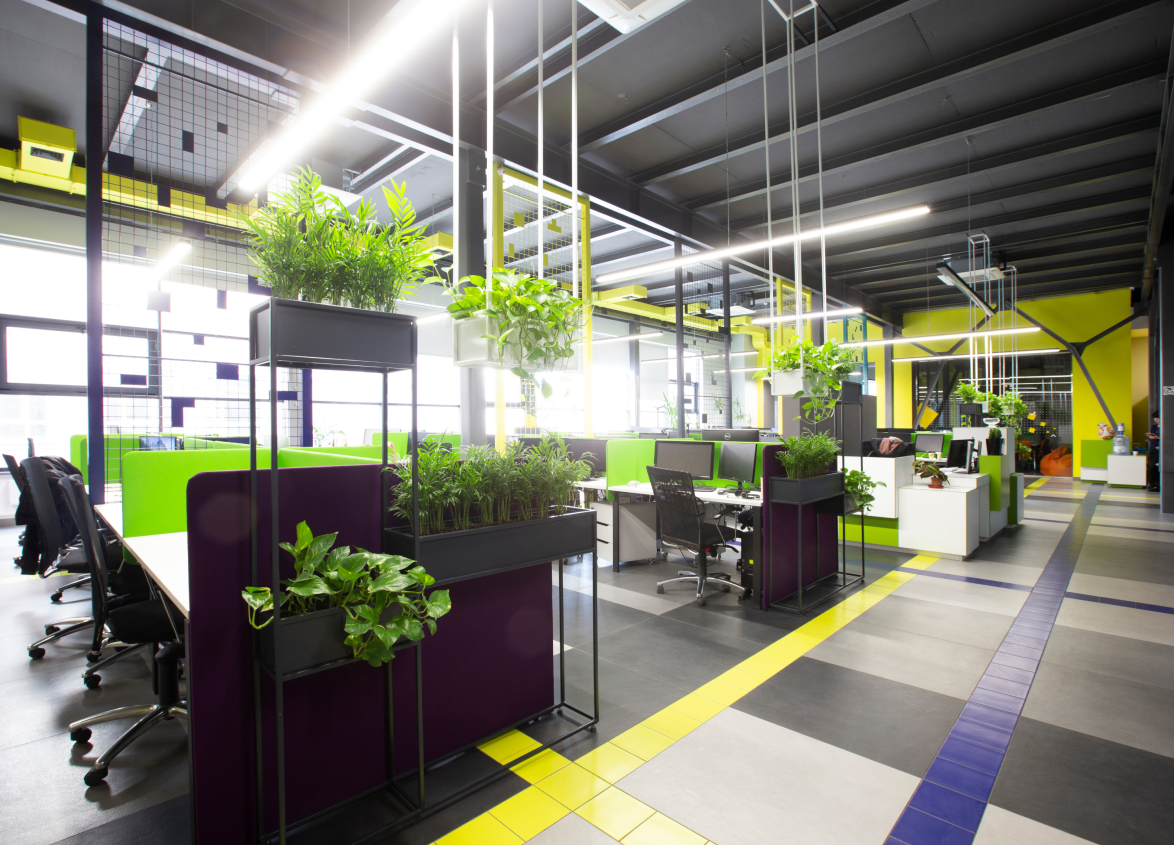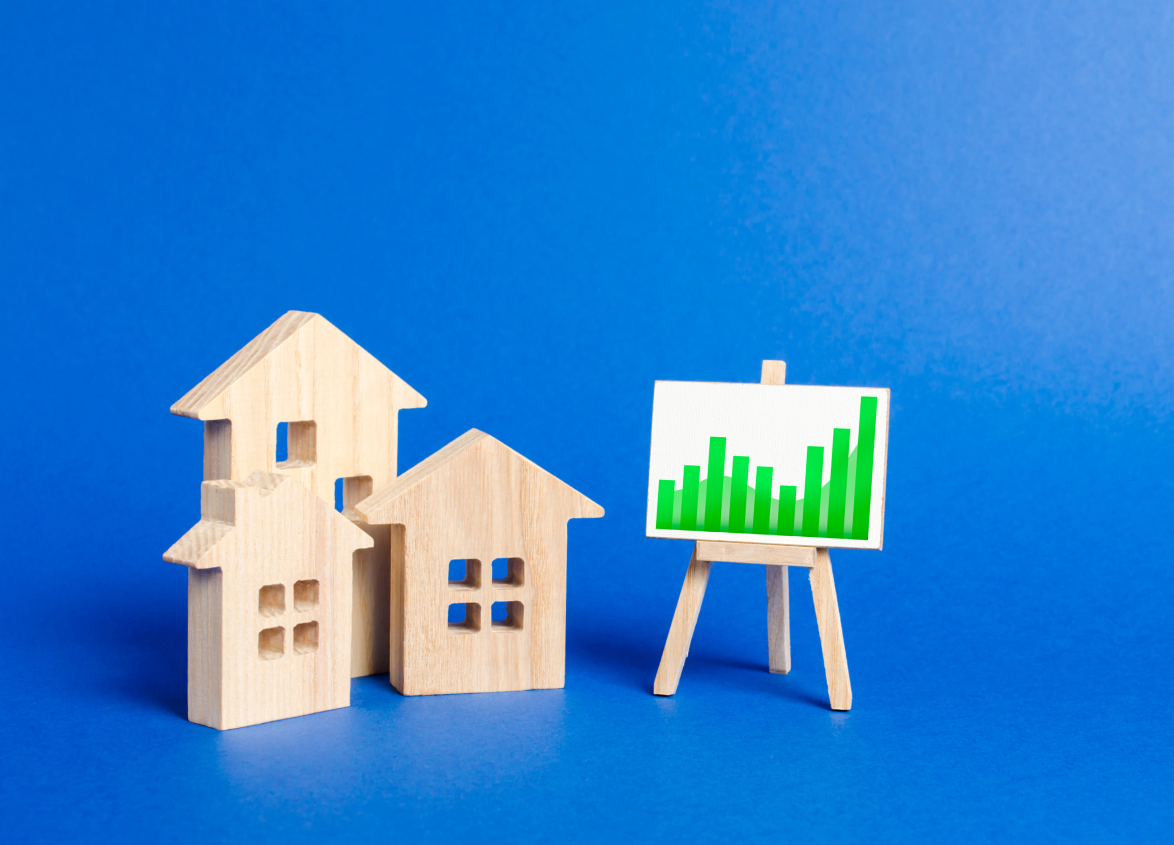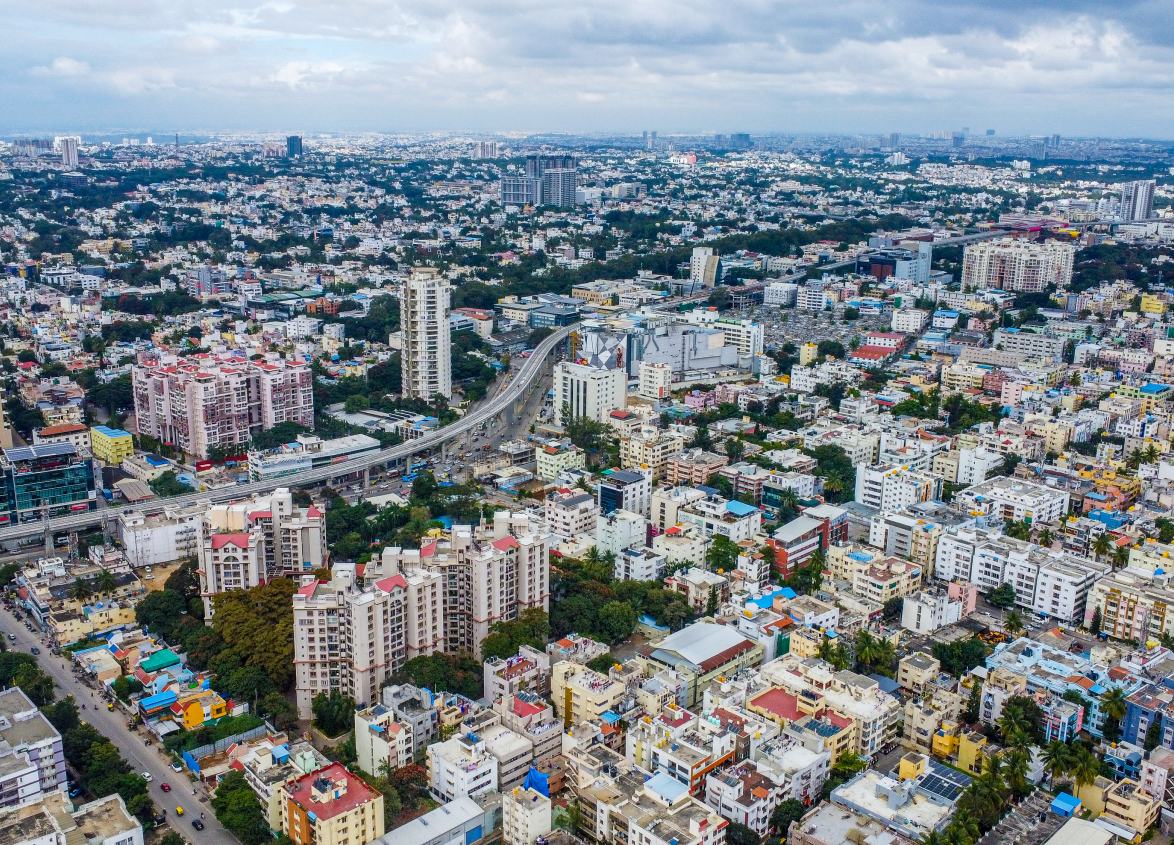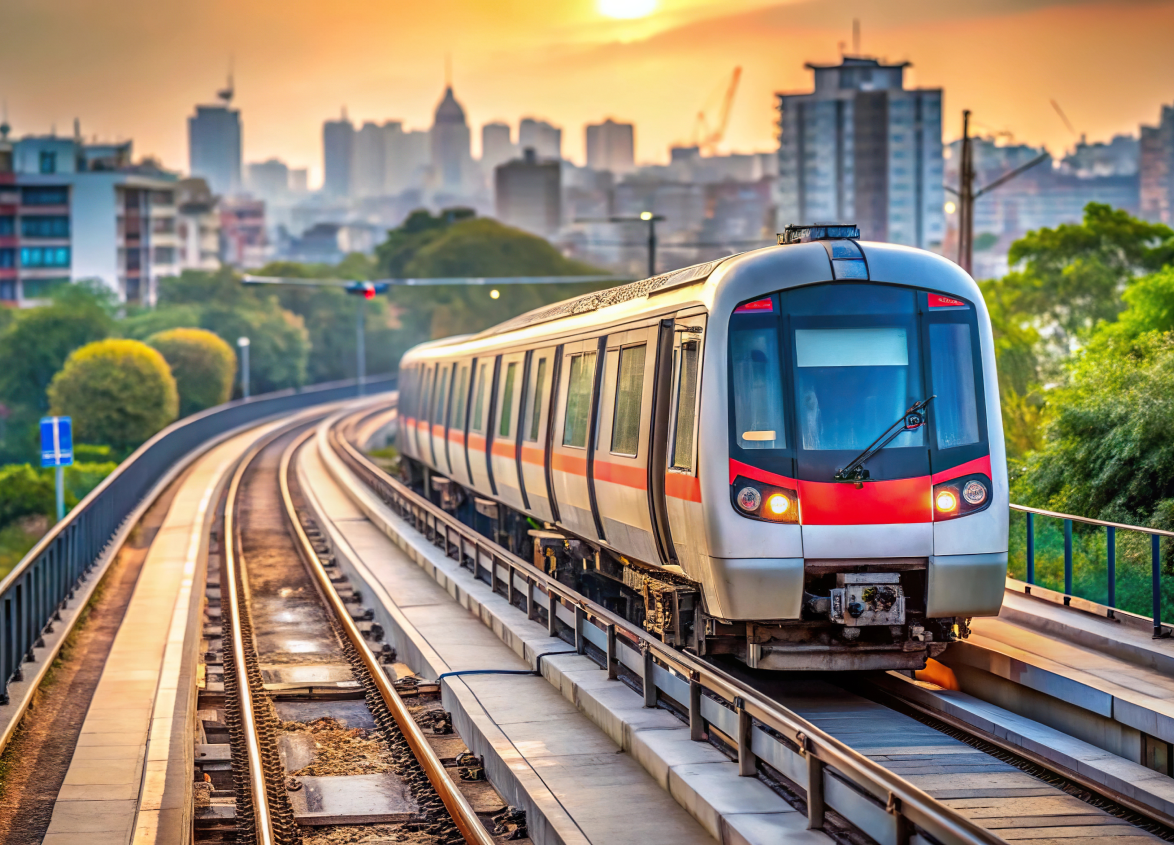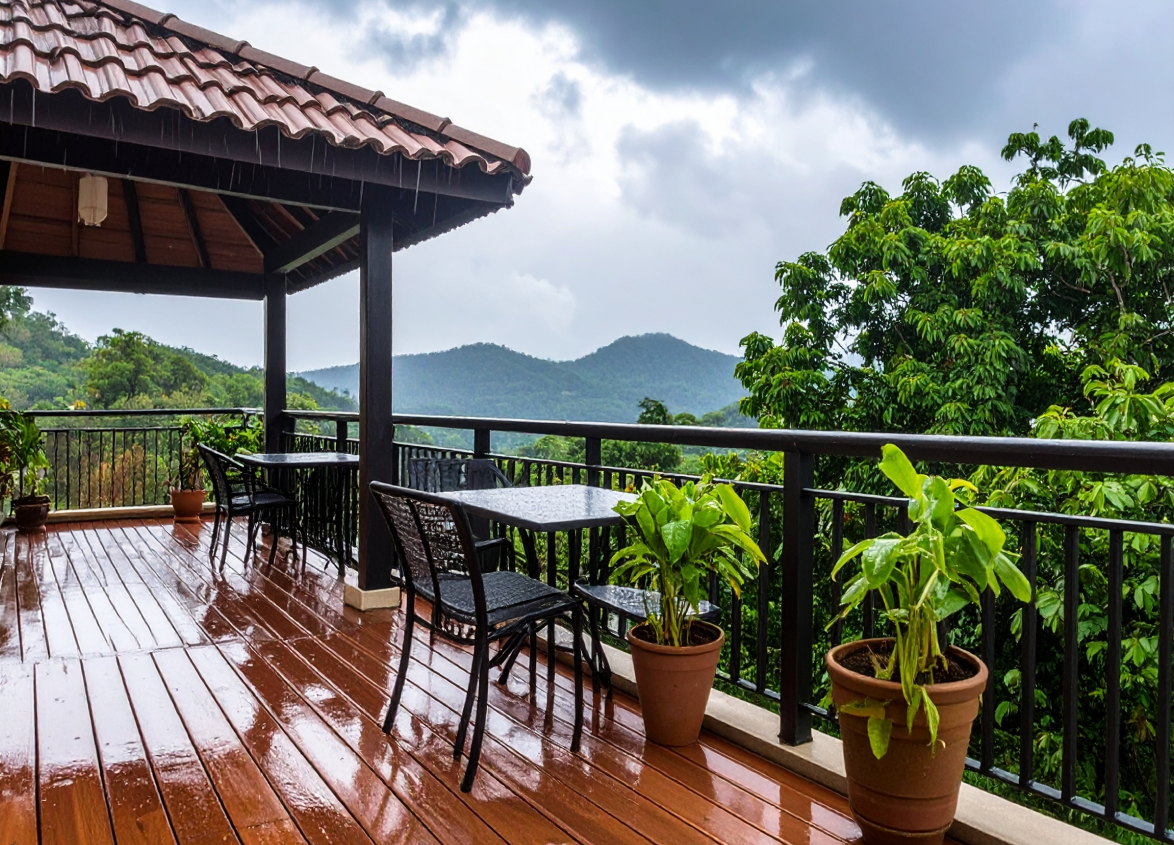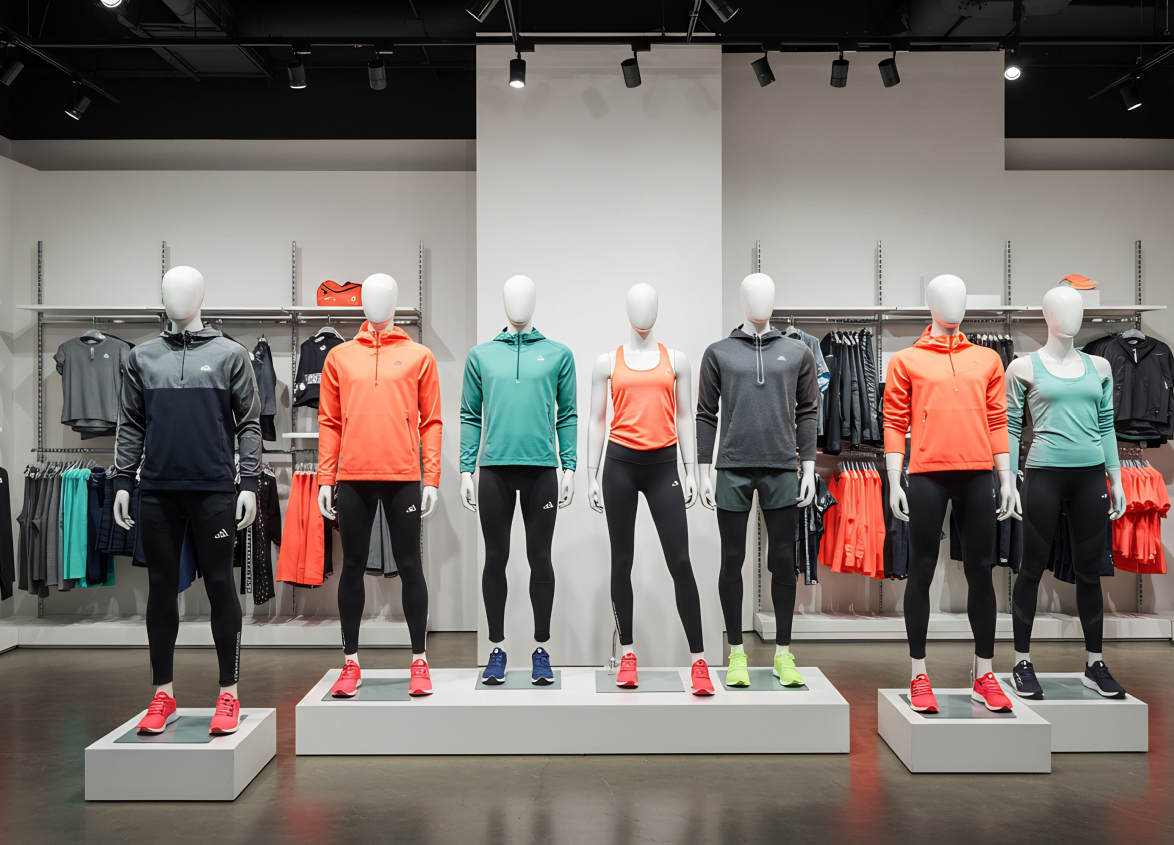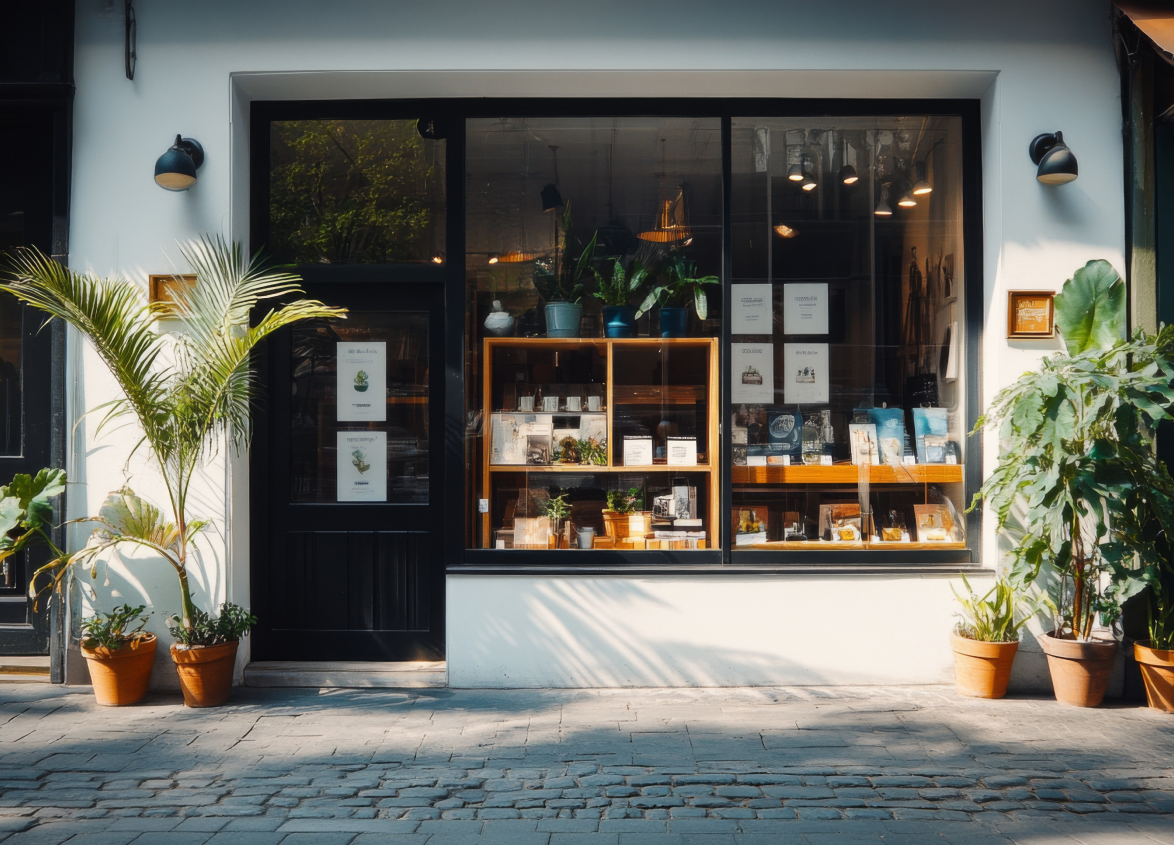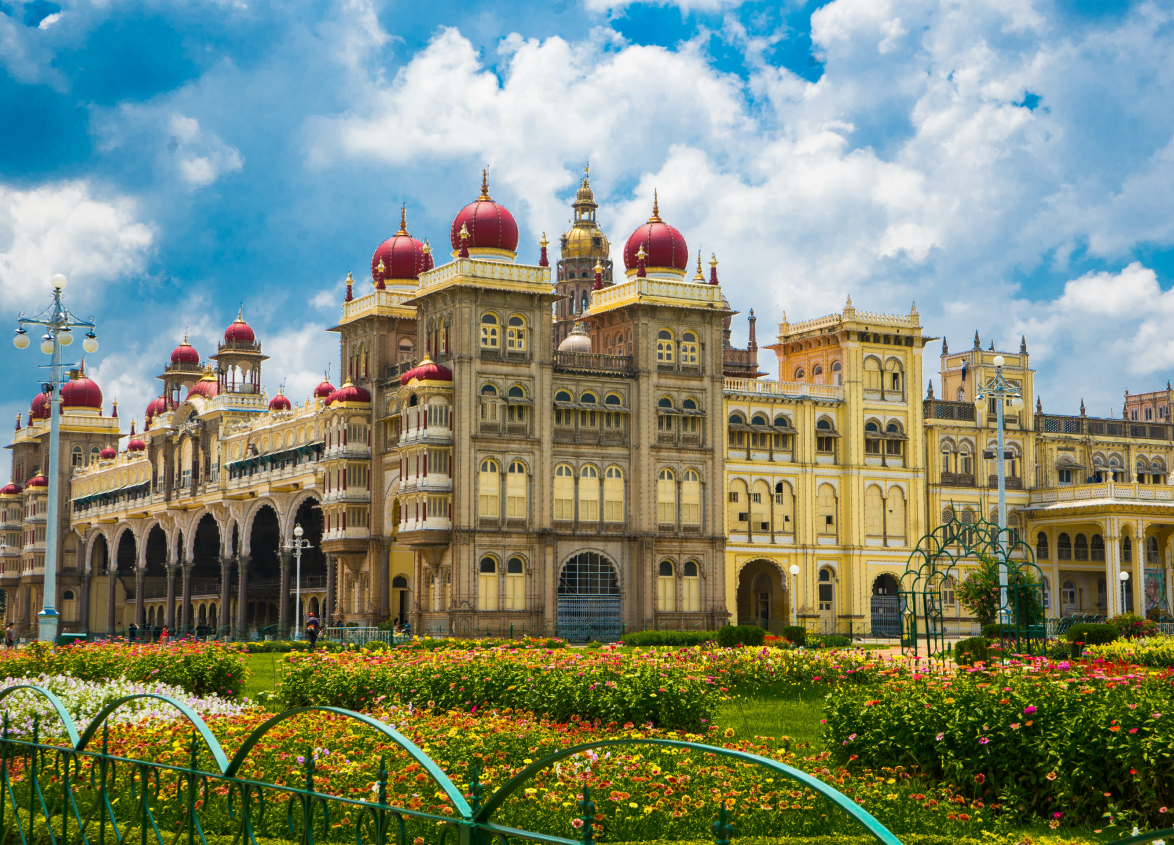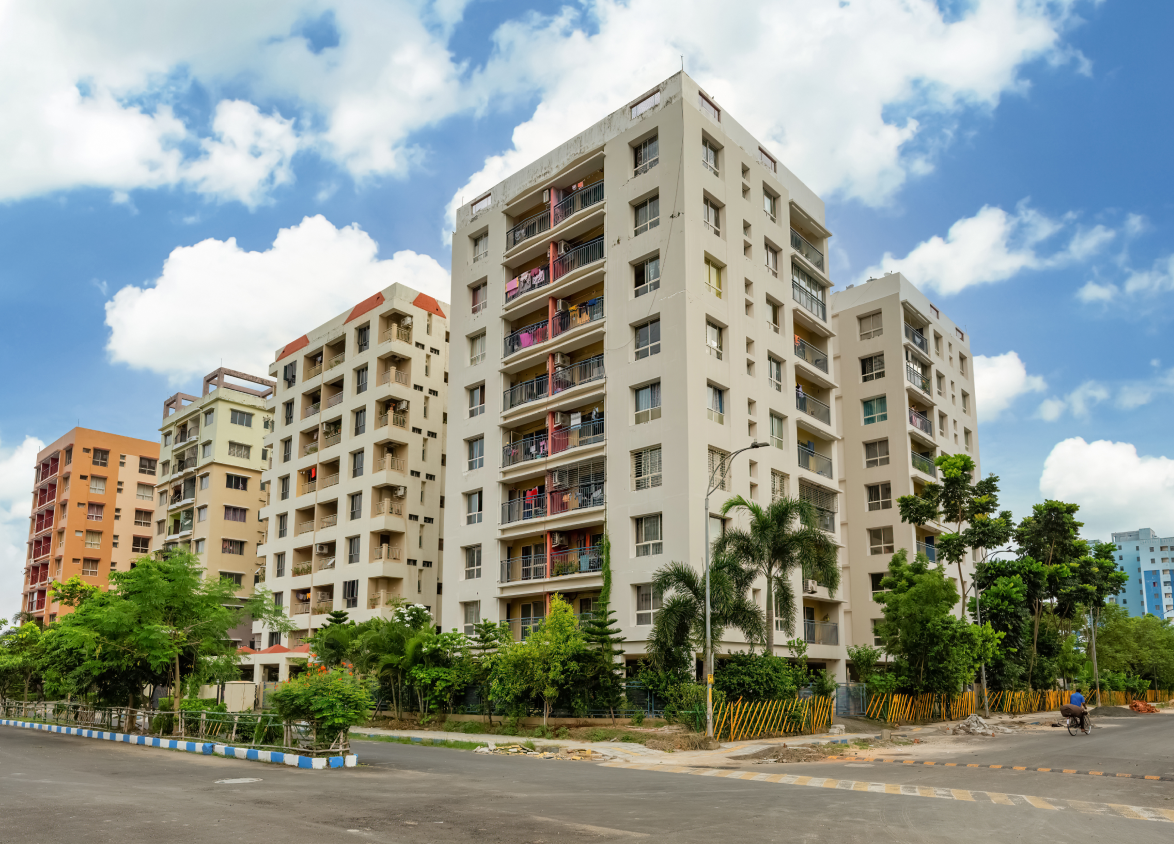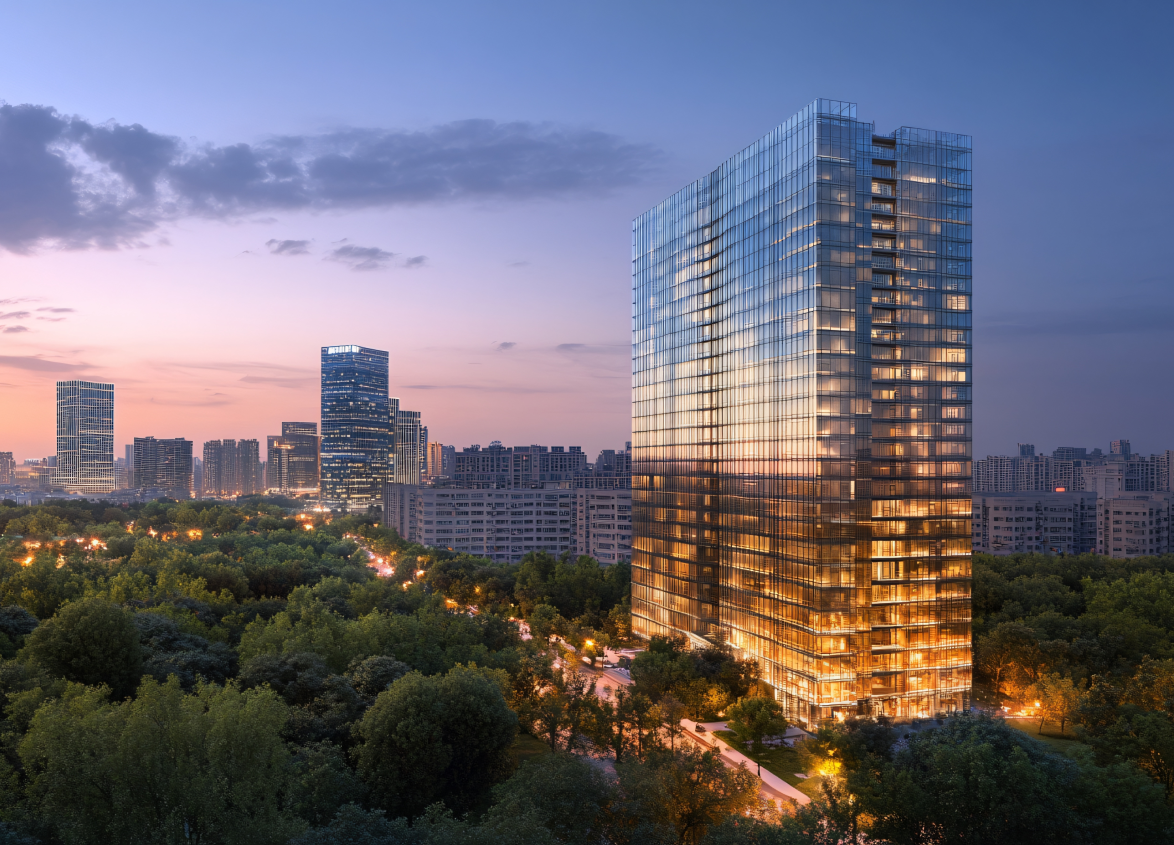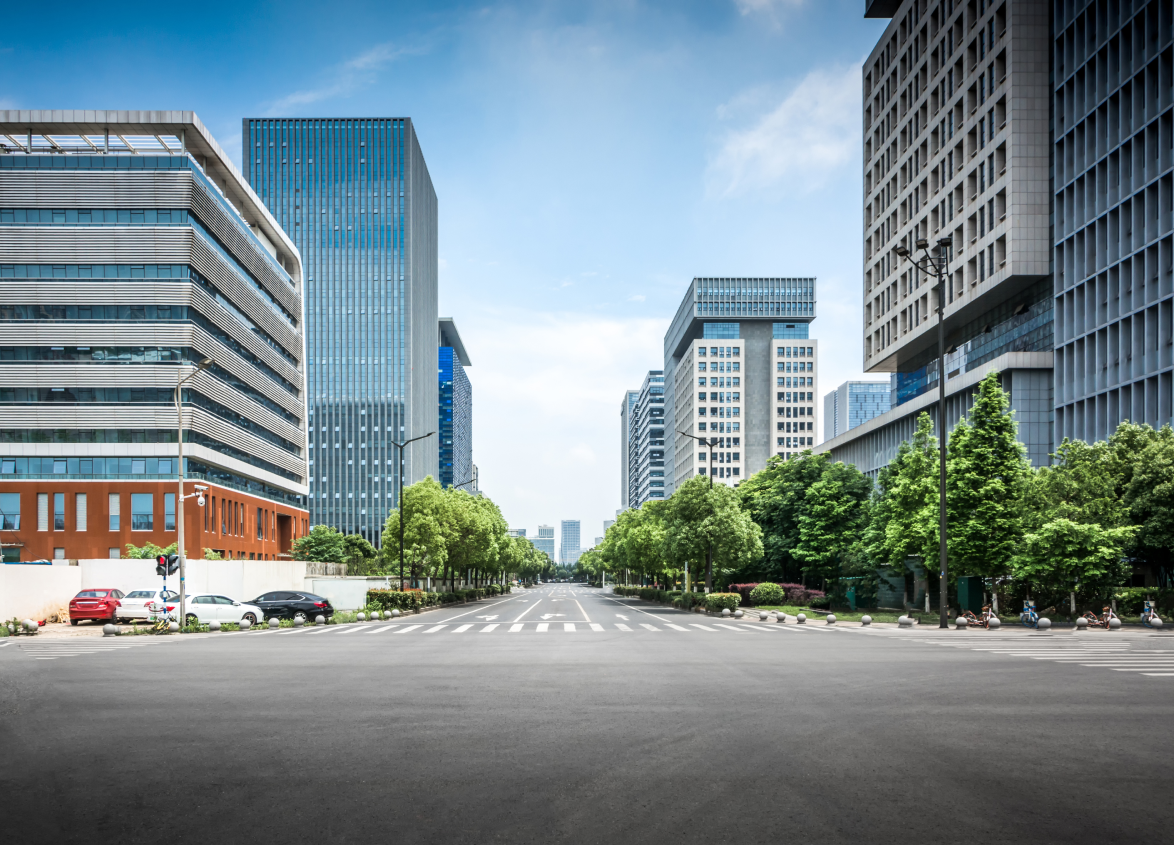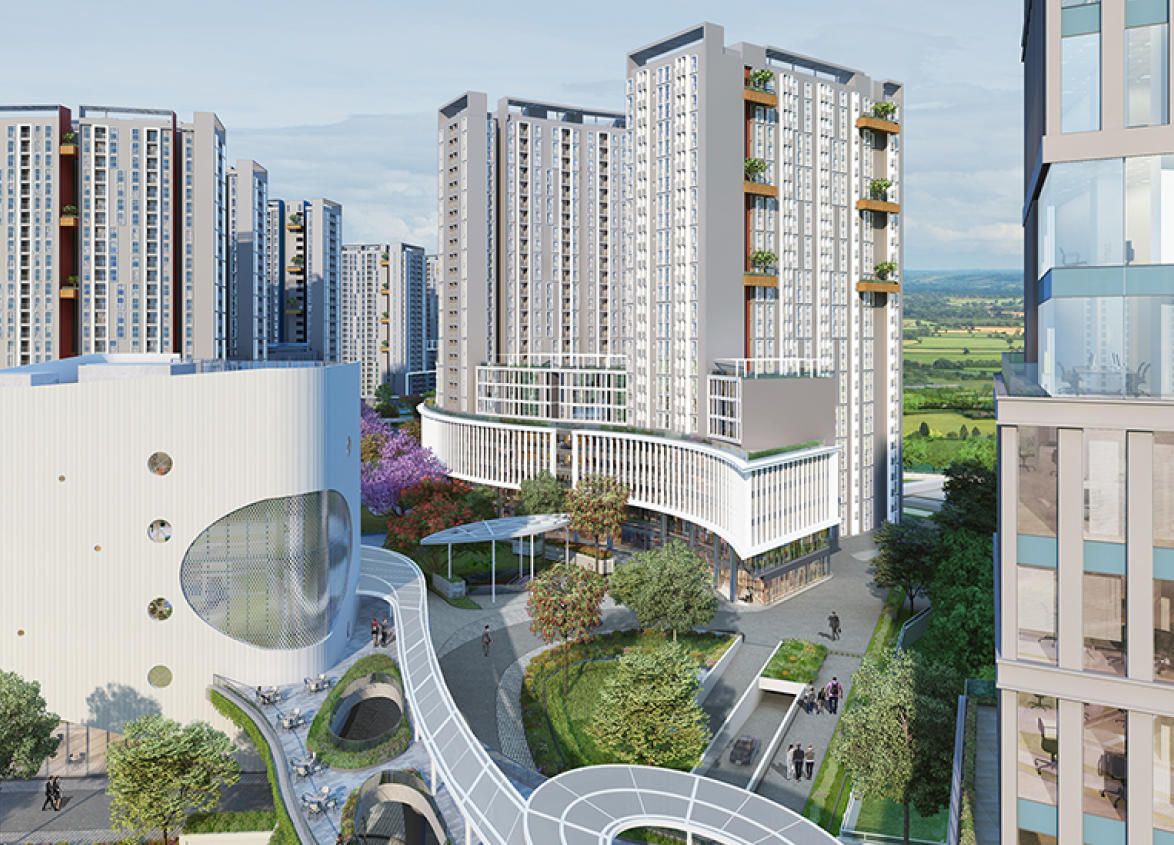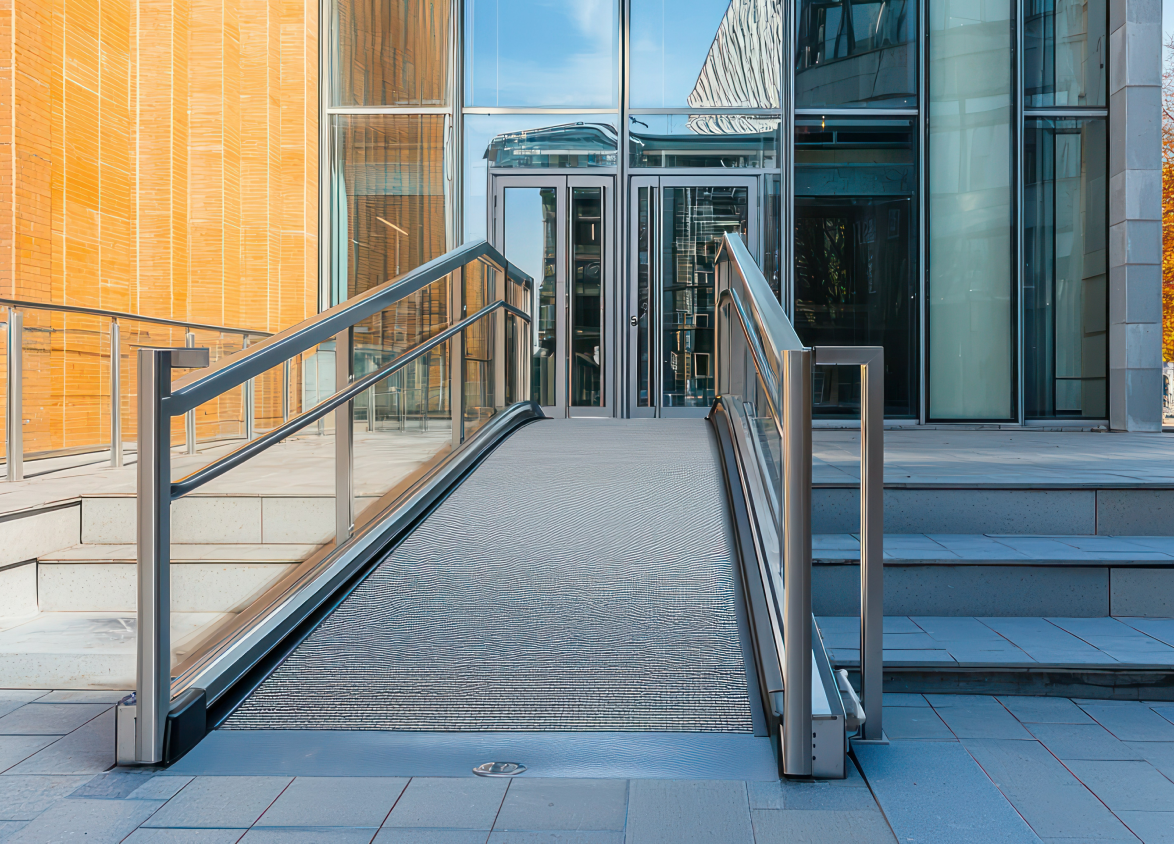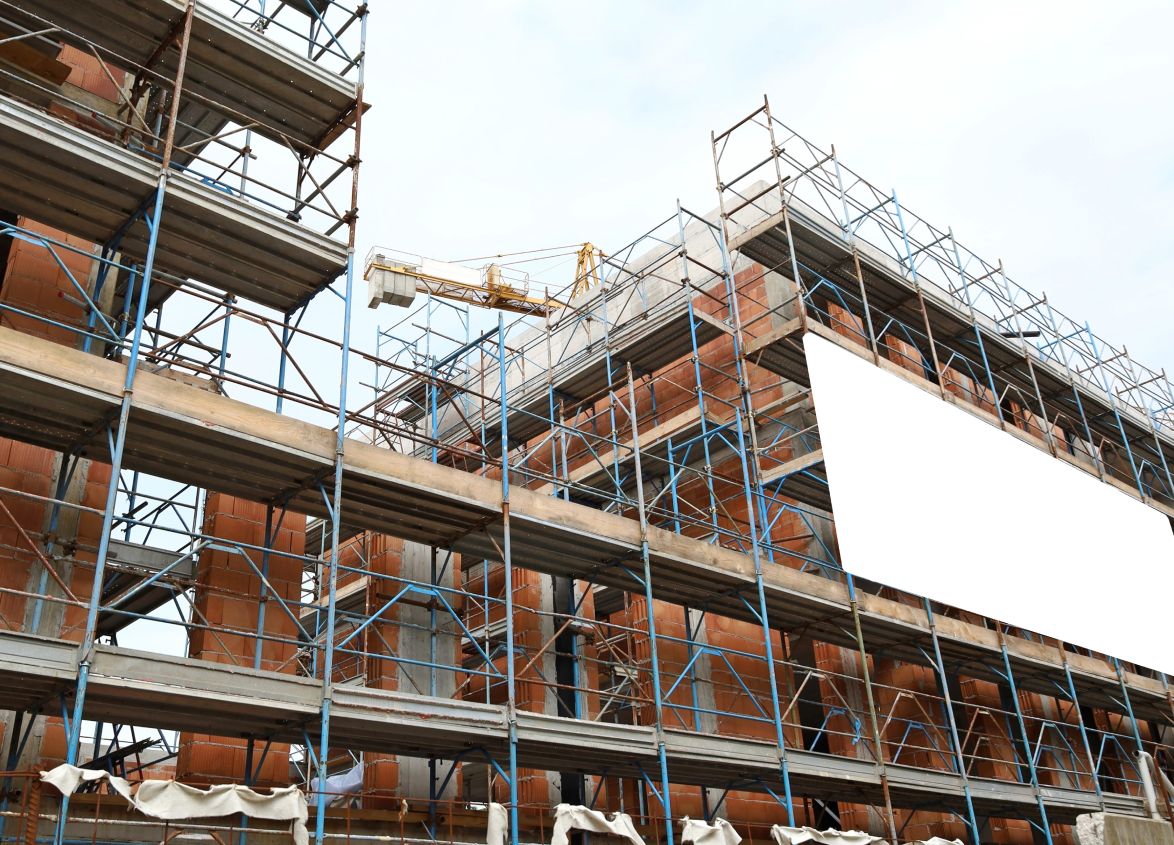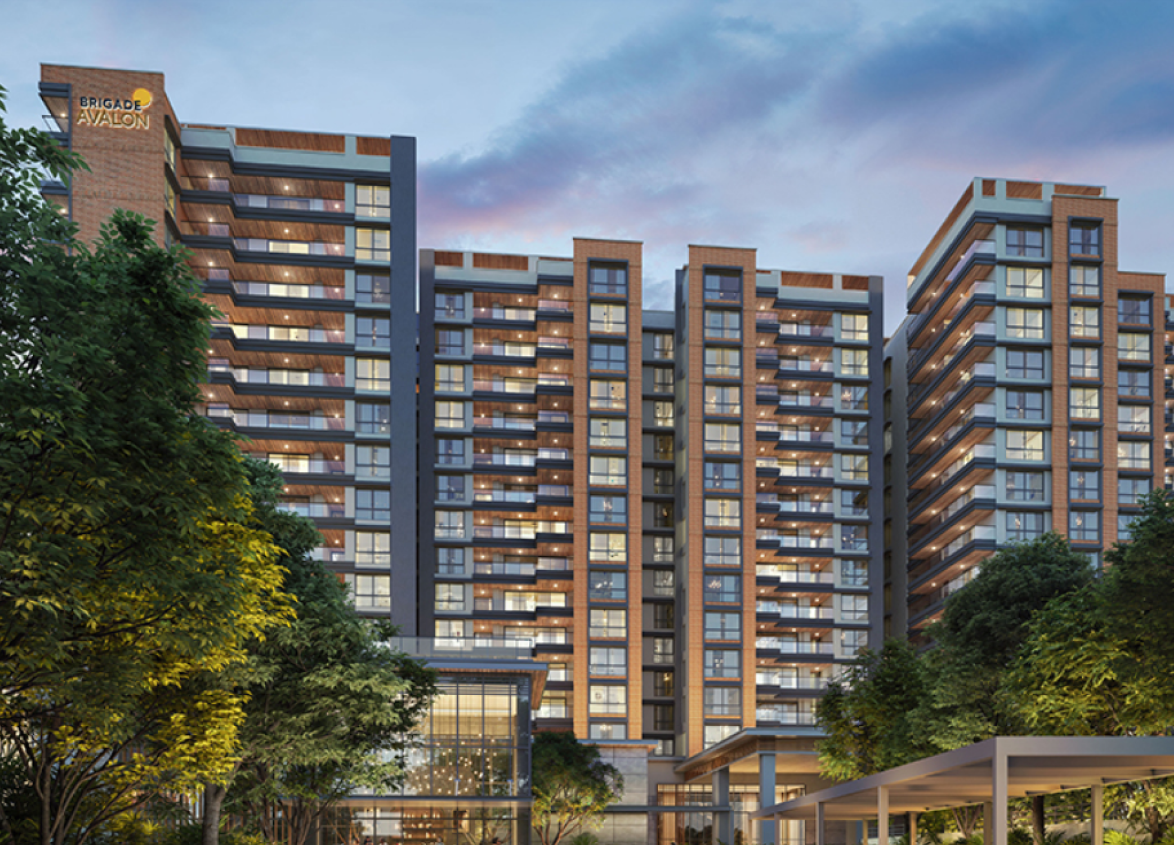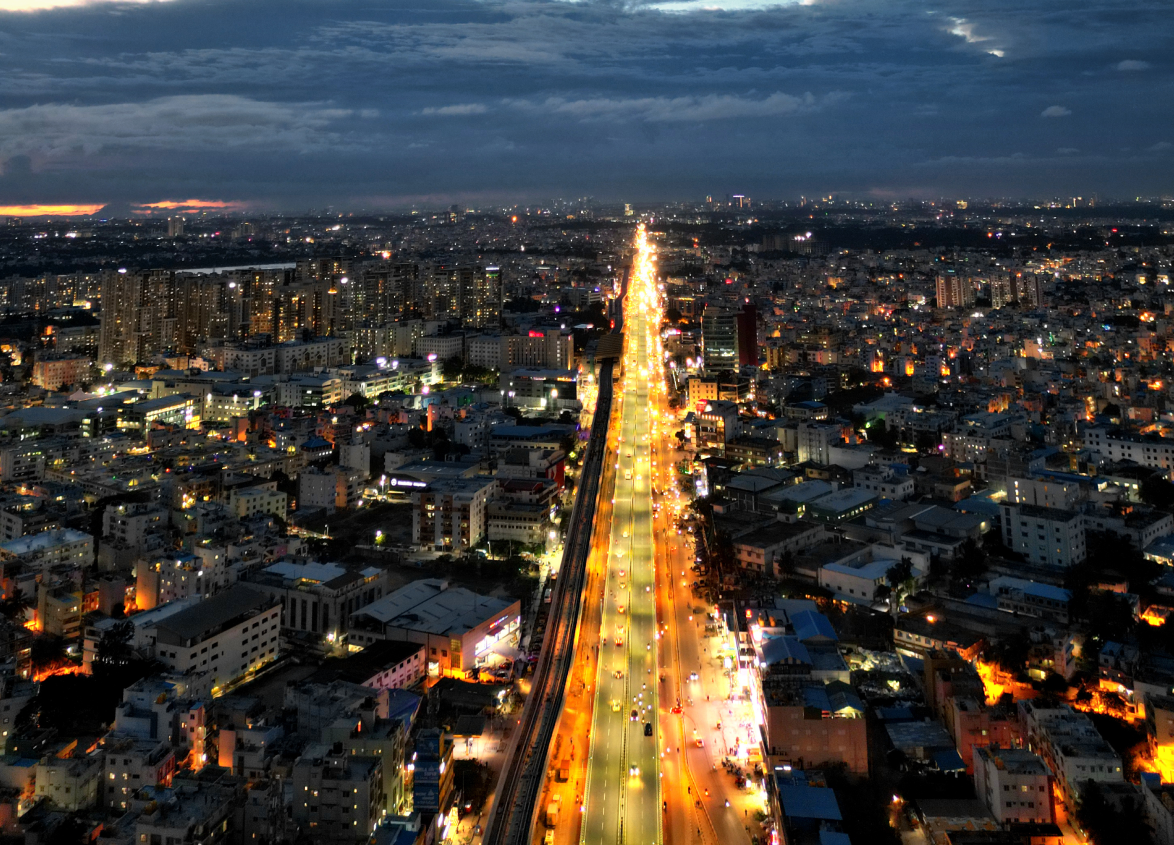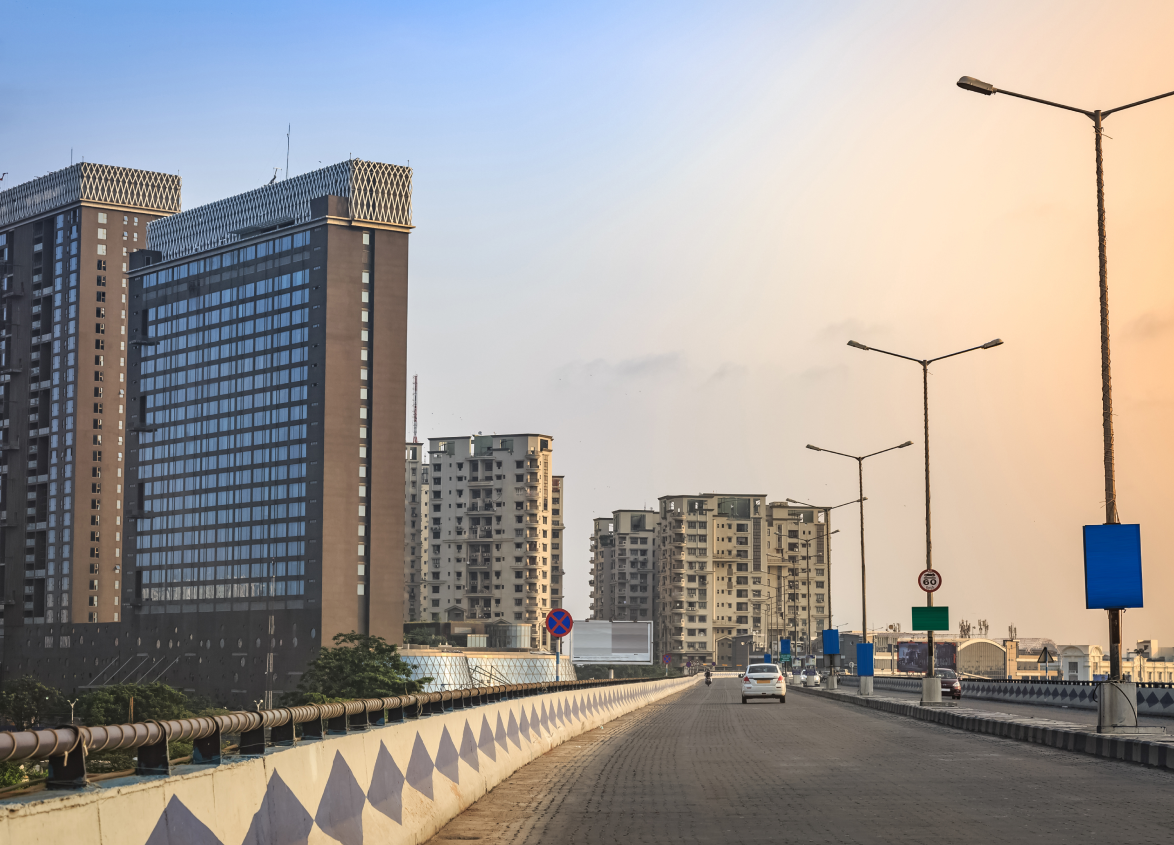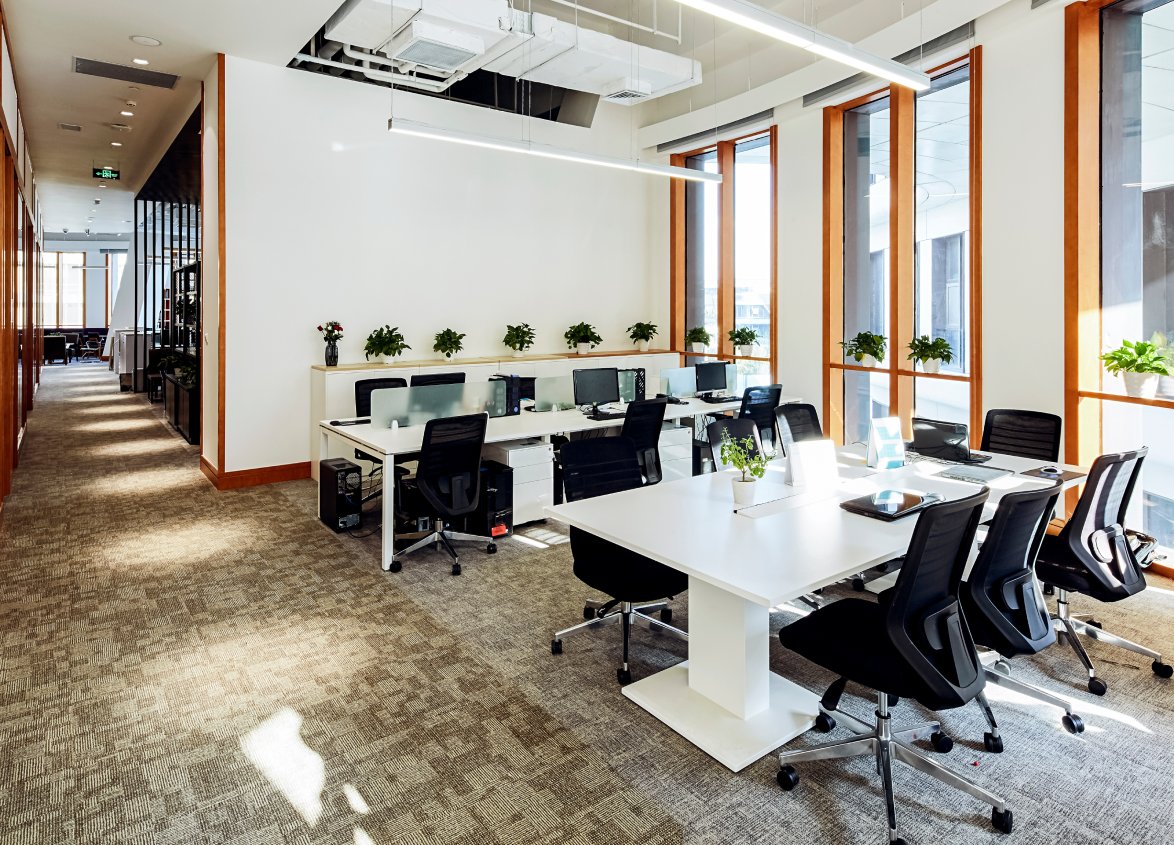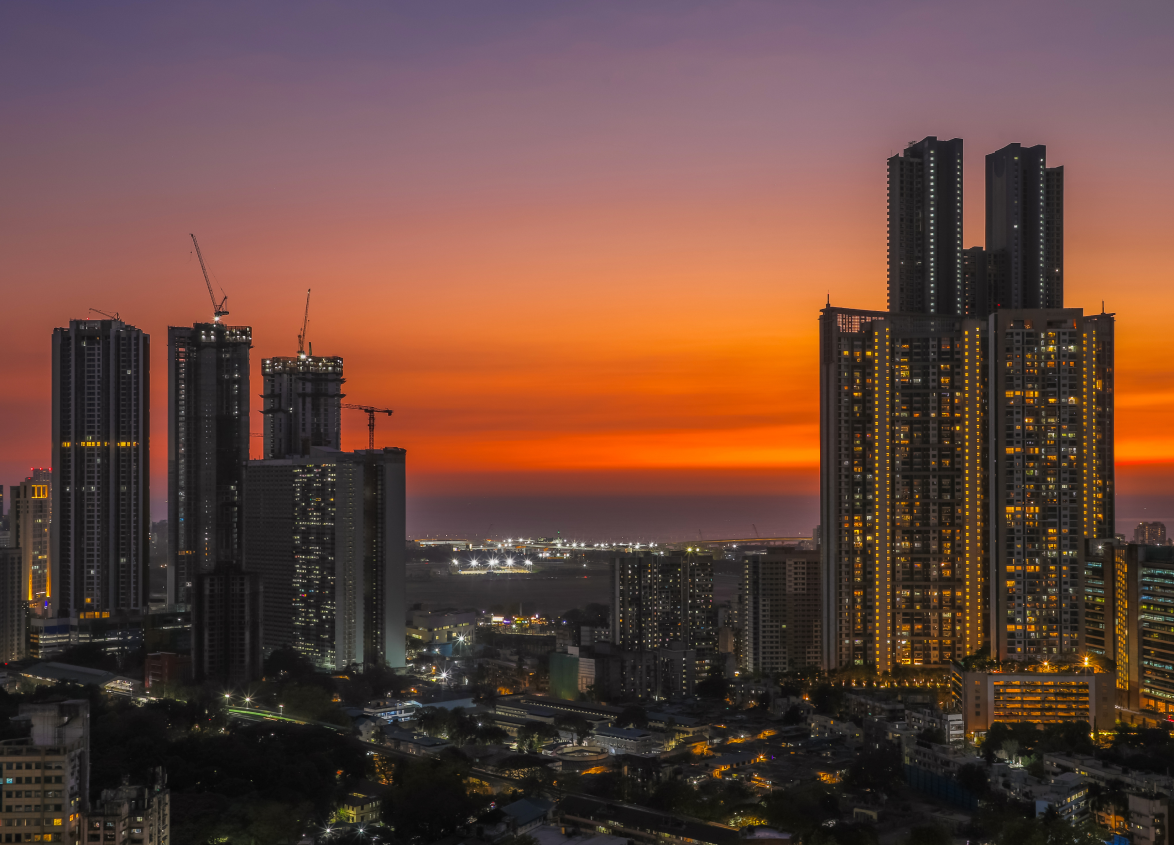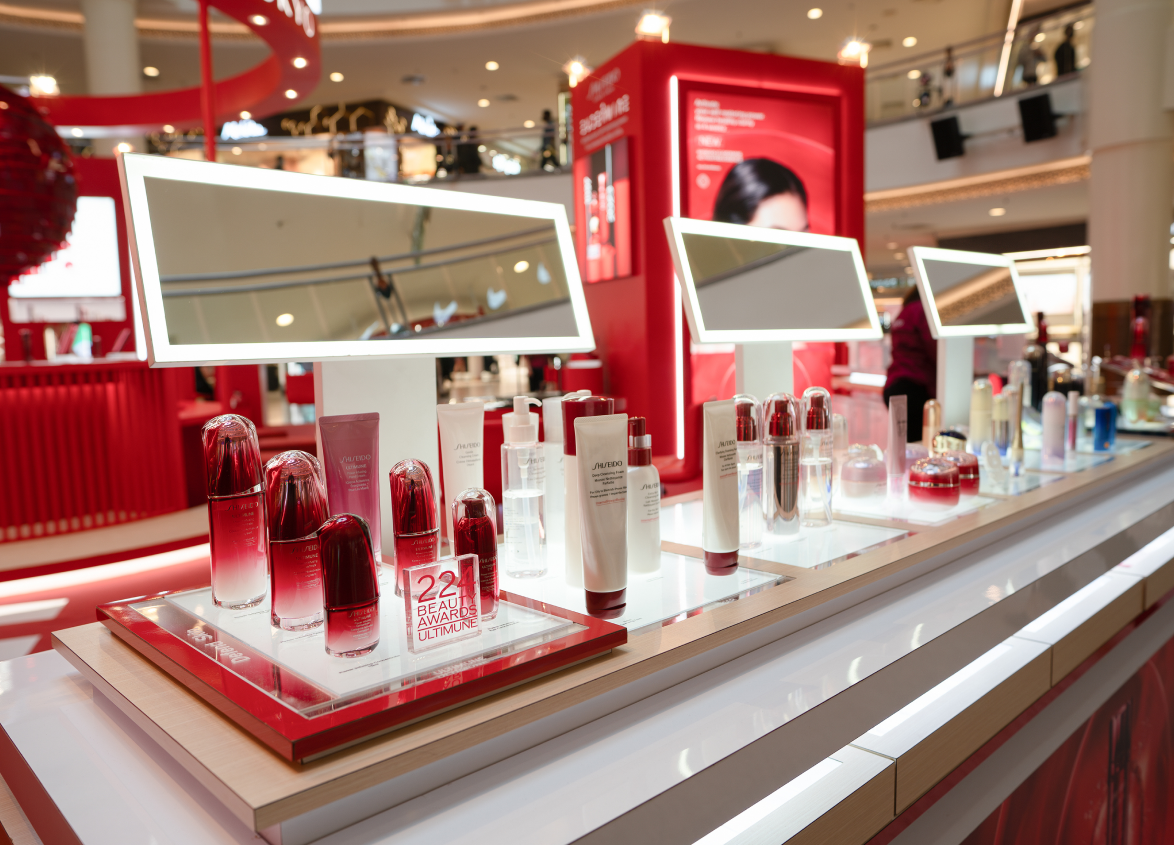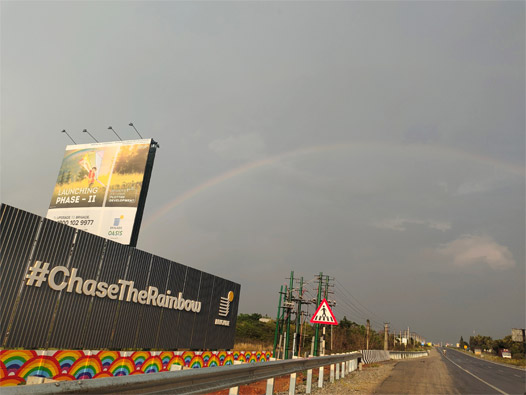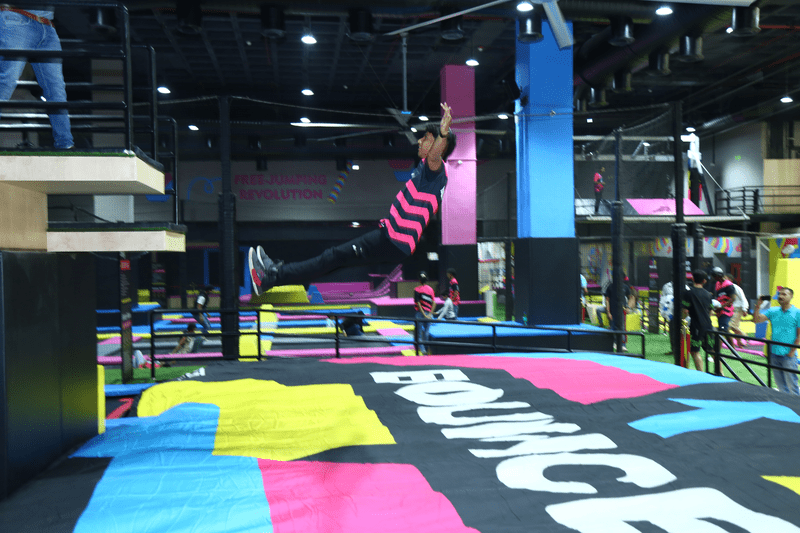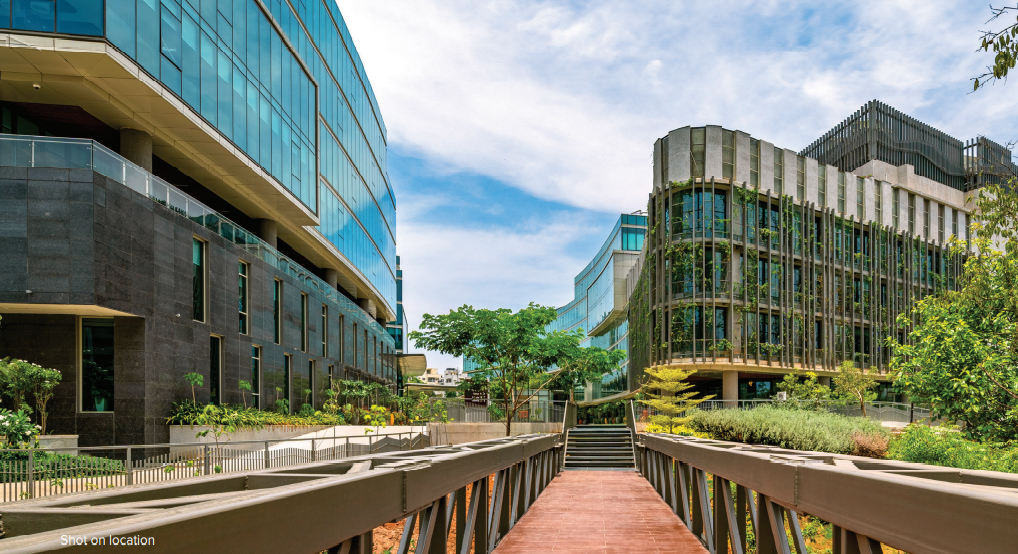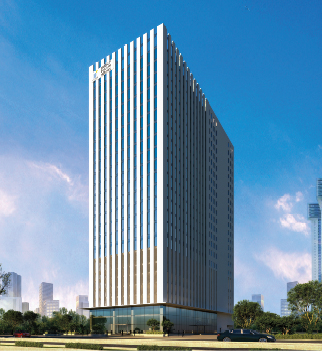
Retail
How Experiential Retail is Reshaping the Way We Shop
September 17, 2025
The retail landscape has undergone significant changes in recent years. Gone are the days when shopping was just about purchasing products from the shelves. Today, experiential retail is taking over the scene, blending shopping with engagement, entertainment and interaction. Consumers no longer want a transactional experience. Instead, they seek memorable and immersive shopping journeys that connect them emotionally to the brand.
Experiential retail trends are rapidly gaining momentum worldwide, and India is no exception. With a young, tech-savvy demographic, evolving consumer demands and rising disposable incomes, the concept of shopping is undergoing a transformation. Retailers, both local and global, are now focusing on creating spaces that captivate customers, spark their curiosity and provide value beyond just products.
This blog delves deeply into experiential retail, exploring how it's reshaping shopping, the forces driving its rise in India, the profound impact on real estate development, and what the future holds for this vibrant and interactive form of retail.
What is Experiential Retail? Defining the Immersive Shopping Journey
At its core, experiential retail is a strategy that goes beyond the traditional act of selling. It focuses on creating immersive environments that engage multiple senses of the consumer. Rather than just offering products, experiential retail provides an opportunity for consumers to interact with the brand and feel part of a unique narrative.
During an experiential shopping journey, customers can engage in product demonstrations, participate in interactive displays or enjoy activities such as virtual reality, gaming and live performances within the store. Think of it as an emotional journey that immerses shoppers in the brand's world, where they aren’t just buying a product but connecting with the story behind it.
Whether it’s a technology-driven experience, such as smart mirrors in fashion stores, or a wellness-focused concept like a fitness-focused shopping space, experiential marketing in retail ensures that customers not only purchase products but also walk away with memories and positive associations with the brand.
Core Principles of Experiential Retail
Experiential retail isn't about flashy displays, but about solid principles that shape the way customers engage with the brand. Here are the key components:
1. Immersion
Creating an environment where customers are fully engaged with all their senses. This could mean using sounds, sights, smells and textures to deepen their connection with the brand.
2. Emotional Engagement
Brands today are selling both products and feelings. Whether it's excitement, nostalgia or joy, experiential retail aims to emotionally connect with shoppers on a deeper level.
3. Personalisation
Every consumer has different needs and preferences. Tailoring the shopping experience based on data, such as purchase history or real-time preferences, makes it more relevant and engaging for the customer.
4. Technology Integration
Technology plays a crucial role in experiential retail, providing tools such as virtual reality (VR), augmented reality (AR) and interactive digital displays to enhance the consumer experience.
5. Social Interaction
Many experiential spaces are designed to foster a sense of community. Whether it's through events, social media interactions or peer-to-peer engagements, these spaces encourage consumers to interact with one another.
Key Characteristics of Experiential Retail Spaces
What sets experiential retail spaces apart from traditional retail? Here are some key characteristics:
1. Sensory Engagement
From music that matches the mood to scent marketing and interactive lighting, experiential spaces use every element to create an atmosphere that draws customers in.
2. Interactive Displays
Customers are encouraged to touch, explore and interact with the products in ways that go beyond simple observation. This might include trying on clothing using virtual fitting rooms or interacting with digital installations.
3. Flexible Layouts
Unlike traditional stores, which rely on static shelves and aisles, experiential retail spaces often feature adaptable layouts that evolve based on the seasons, themes, or events.
4. Technology-Driven Innovation
By integrating cutting-edge technologies, such as VR/AR, smart mirrors and digital product tags, customers can engage with products in innovative ways.
Driving Forces Behind Experiential Retail's Rise in India
Several key factors have contributed to the rise of experiential retail in India, reshaping the retail environment in the process.
1. Digital Integration and Phygital Experiences
One of the most compelling forces driving experiential retail in India is the seamless integration of digital experiences with physical stores. The rise of mobile shopping, social media and e-commerce has led to a phygital experience, a blend of physical and digital.
More than just brick-and-mortar shopping, customers want to interact with brands across multiple channels. This shift is evidenced by experiences like using smartphones to access special in-store promotions, augmented reality apps that allow users to try out products virtually, or even using digital kiosks for personalised recommendations.
2. Changing Demographics and Disposable Incomes
India's young and dynamic population is more willing than ever to spend on experiences. The changing demographics and rising disposable incomes have shifted the focus from basic needs to aspirational lifestyles. Millennials and Gen Z consumers are increasingly seeking experiences that align with their interests, such as wellness, technology and entertainment.
This demographic is also highly connected through social media, and brands can now engage with them in new ways, creating a two-way relationship. This makes India one of the fastest-growing markets for experiential retail, as brands tailor their offerings to meet the evolving expectations of young consumers.
3. Real Estate Innovation: Malls as Lifestyle Destinations
In India, malls are evolving into lifestyle destinations that combine shopping with dining, entertainment and social spaces. The rise of mixed-use developments is transforming traditional retail malls into multifunctional destinations that go beyond retail.
Developers are now designing spaces that integrate experiential retail concepts such as entertainment zones, art installations and live events to cater to the modern consumer's need for interaction and engagement. The evolution of malls from simple shopping destinations to lifestyle hubs is a clear sign of how real estate innovation is supporting the experiential retail boom.
Impact on Real Estate
As experiential retail becomes more popular, it’s having a profound impact on real estate development. Developers and investors are adapting to these trends by designing retail spaces that can accommodate this new shopping culture.
1. Demand for Larger, Flexible Retail Spaces
With experiential retail spaces demanding greater flexibility, the traditional concept of fixed layouts is being replaced by larger, adaptable spaces. Retailers need room to host events, exhibit interactive displays and flexible installations. This is driving demand for larger retail spaces that allow for frequent layout changes.
2. Rise of Mixed-Use Developments
The growing demand for lifestyle-oriented malls and multi-use spaces is leading to the rise of mixed-use developments. These developments integrate shopping, dining, entertainment and office spaces under one roof, creating more dynamic and engaging environments for consumers.
Developers are focusing on creating spaces where people can live, work and play, encouraging longer visits and creating opportunities for experiential interactions.
3. Premiumisation of High Streets and Malls
As retailers focus on creating more premium experiences, high streets and malls are undergoing a premiumisation process. Retailers are investing more in their in-store displays, event spaces and overall ambience to create a high-end experience for their customers. This has resulted in the growth of luxury retail spaces, offering exclusive experiences that cater to the growing middle and upper classes in Indian cities.
Experiential Retail Examples
To understand the impact of experiential retail, let’s look at some real-world examples:
Apple Store
The Apple Store is often seen as a pioneer in experiential retail. With its sleek designs, minimalist aesthetic and focus on hands-on experiences, it allows customers to engage with products in a fully immersive environment. The stores often feature zones where users can interact with the products, receive product support or attend hands-on workshops.
IKEA
Known for its innovative approach, IKEA has integrated experiential elements into its retail strategy by allowing customers to engage with the products in real home settings. The Swedish furniture giant also integrates VR and AR technology, allowing customers to see how furniture will fit into their homes virtually.
Sephora
In the beauty industry, Sephora is an excellent example of experiential shopping, offering customers the chance to try out makeup virtually using AR technology. In-store, customers can also attend workshops or engage with beauty consultants to receive personalised recommendations.
The Role of Technology in Experiential Retail
Technology is at the heart of experiential retail trends. From AR try-ons to AI-driven recommendations, the role of technology in retail has significantly expanded. Some of the ways technology is revolutionising retail experiences include:
Smart Mirrors
Used in fashion and beauty retail, smart mirrors allow customers to try on clothes virtually or test out makeup before purchasing.
Interactive Displays
Digital kiosks allow customers to explore products, check prices or read customer reviews without speaking to a sales assistant.
Data Analytics
Retailers use AI to track consumer behavior in real-time, offering tailored suggestions and enhancing customer service.
Benefits of Experiential Retail for Consumers and Businesses
For Consumers:
- Personalised Experiences: Tailored shopping experiences based on data and preferences make each visit more relevant.
- Entertainment Value: Shoppers can engage in immersive experiences and enjoy activities beyond simply purchasing products.
- Emotional Engagement: Consumers form stronger emotional connections with brands, resulting in increased loyalty.
For Businesses:
- Increased Foot Traffic: Engaging experiences attract more customers, resulting in higher foot traffic.
- Brand Loyalty: When customers form an emotional connection with the brand, they are more likely to return and recommend it to others.
- Competitive Advantage: Retailers offering unique experiences stand out in a competitive marketplace.
Future of Experiential Retail in India
As India continues to grow as an economic powerhouse, the future of experiential retail looks incredibly promising. With advancements in technology and a rising appetite for engaging shopping experiences, Indian consumers will continue to demand more from their retail encounters. Retailers who embrace this shift will find themselves better positioned to connect with the evolving preferences of today’s consumers.
Conclusion
Experiential retail is reshaping how we shop, making it more immersive, interactive and connected to our emotions. As it continues to evolve, experiential retail trends in India are proving to be a major game-changer for both consumers and businesses. Retailers who are able to embrace these changes and leverage experiential marketing retail techniques will have the competitive edge needed to thrive in the future.
FAQ's
Q1: What is experiential retail?
Experiential retail is a retail strategy focused on creating immersive, interactive shopping experiences that engage multiple senses, allowing consumers to connect with brands in a deeper, emotional way.
Q2: How does experiential retail benefit consumers?
It offers consumers a more engaging, personalised and enjoyable shopping experience that goes beyond just purchasing products, providing entertainment, education and social interaction.
Q3: What impact does experiential retail have on real estate developers in India?
It has driven the demand for larger, flexible spaces, mixed-use developments and premiumised shopping environments, encouraging developers to create spaces that align with modern consumer expectations.
Q4: Can small businesses in India implement experiential retail strategies?
Yes, small businesses can adopt experiential retail by leveraging technology, hosting in-store events and offering unique, personalised shopping experiences that engage customers.
Q5: What role does technology play in experiential retail in India?
Technology plays a pivotal role by enabling AR/VR experiences, smart mirrors, interactive displays and AI-based recommendations, enhancing the overall shopping experience and personalisation for customers.
MUST READ
Looking for something specific?
We'd be delighted to help you.

